THE CROFT

NOSTALGIA THE CROFT Issue 5
Nostalgia
Wellbeing: pages 15 - 18
Table of contents



Style: pages 7- 10
Lifestyle: pages 2 - 6

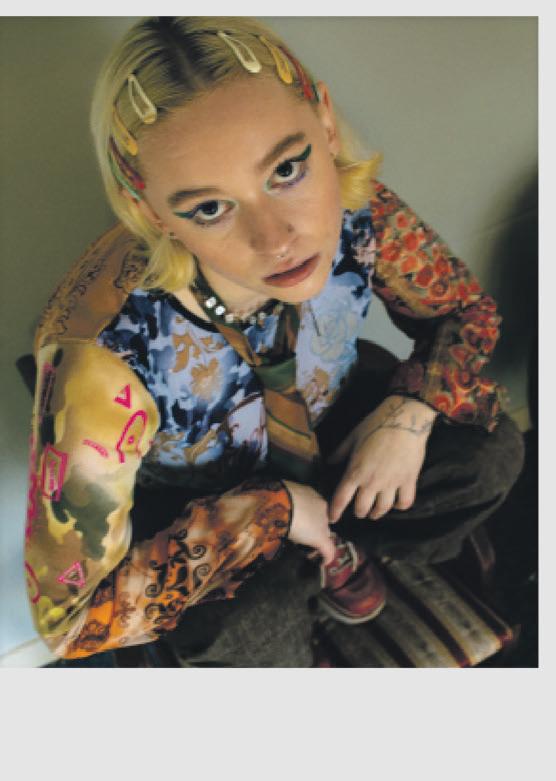




Food: Pages 11 - 14

Travel: pages 19 - 22
NOSTALGIA:


noun a sentimental longing or wistful a ection for a period in the past.






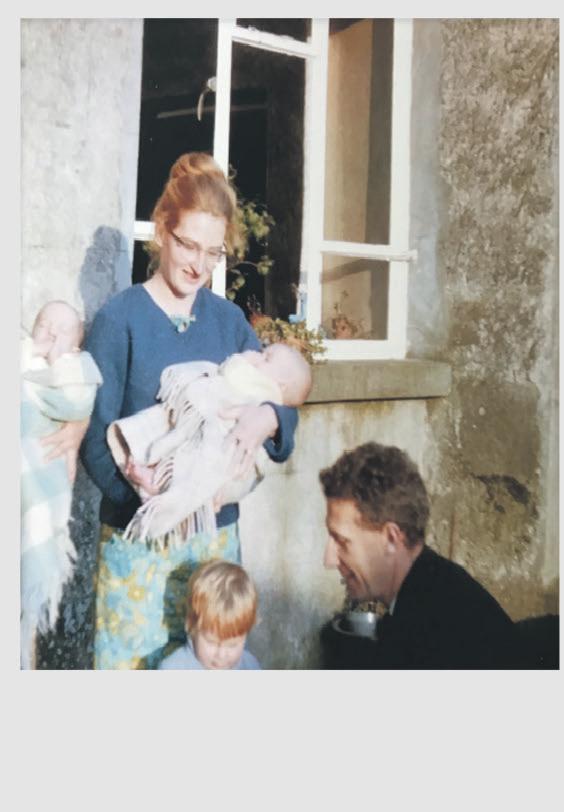


1
As we begin the new year, we are surrounded by the expectation of change. The constant message surrounding our own inadequacy, the supposition that we as we are, are not enough.
Instead of focusing on change, we want a reverse metamorphosis. An admiration of the past. Encouraging reflection, and a moment of stillness. As we are rushed into the new year, we want you to take a moment to look back.
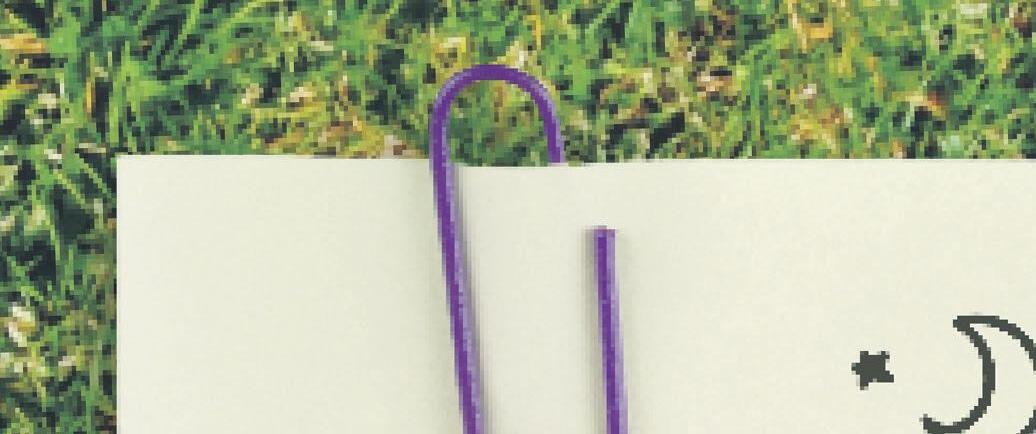

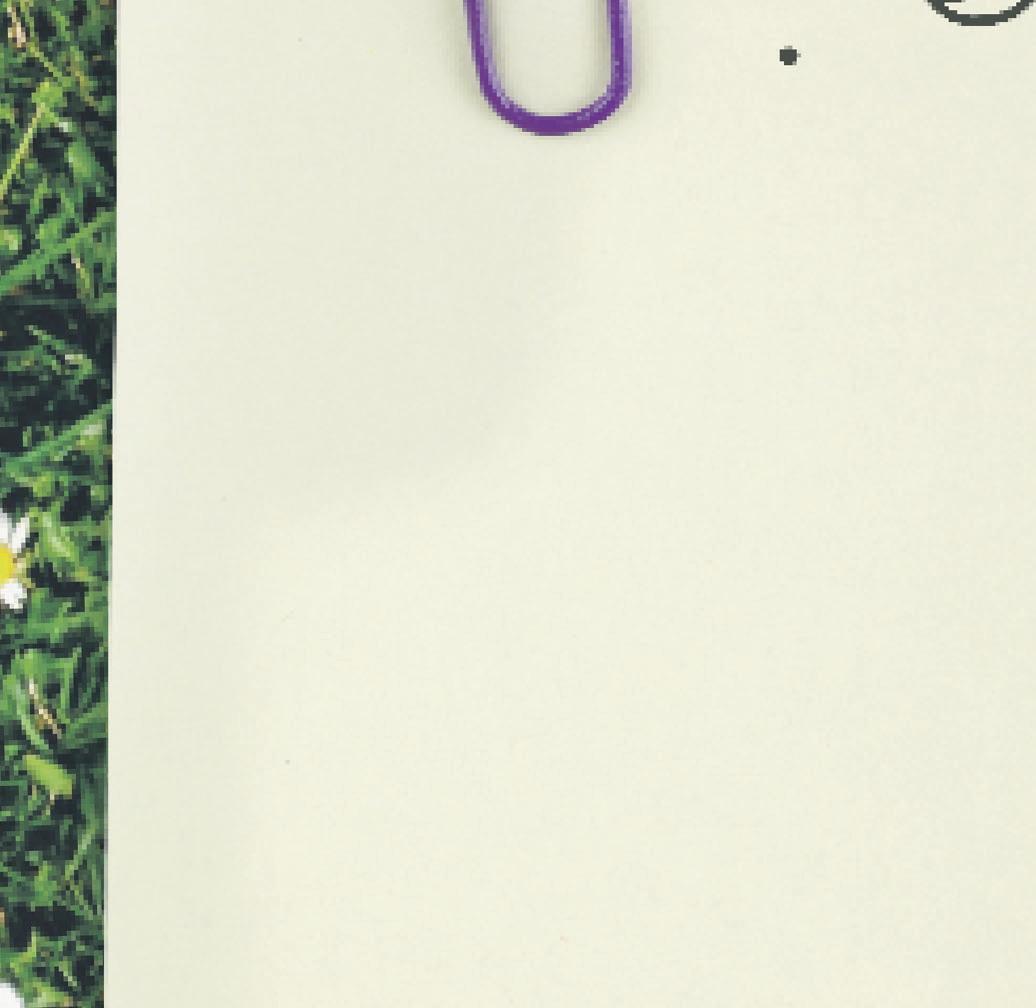
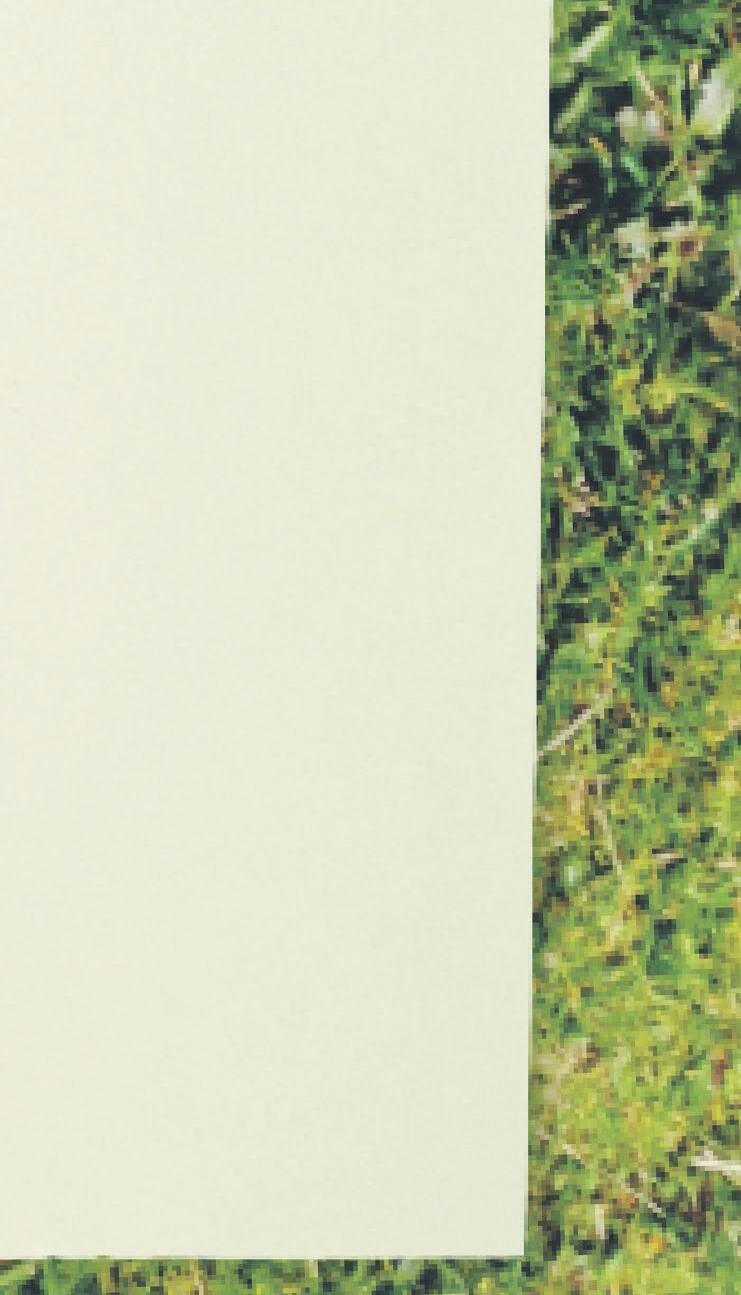
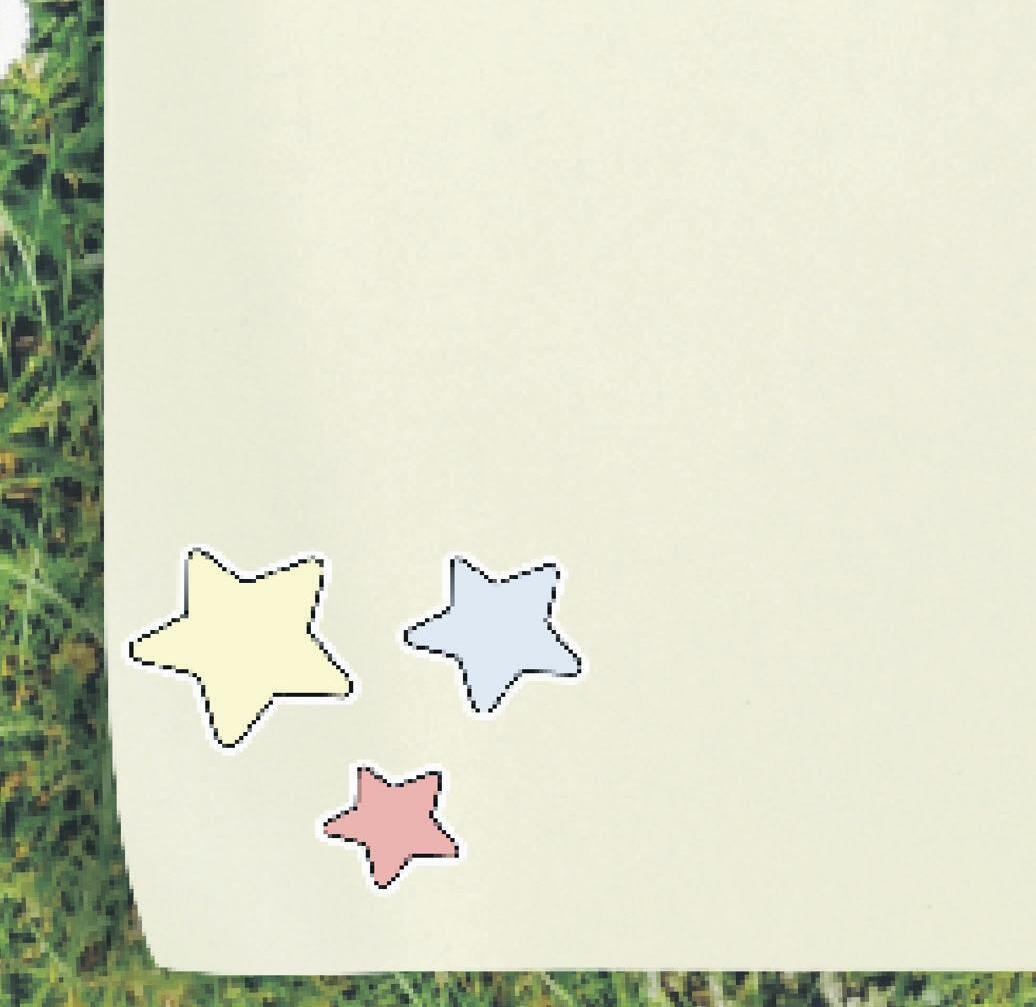
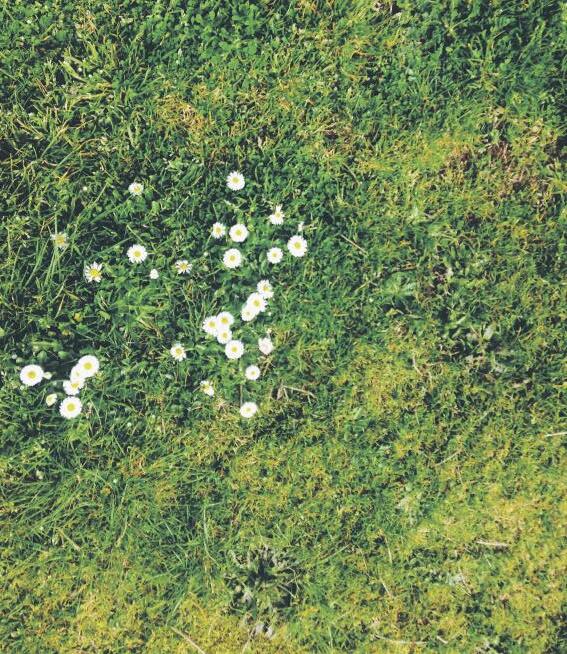
That’s what Nostalgia is about. The romanticisation of self. The love of the present and the past. The beauty of every aspect of our previous selves. So often are we encouraged to change who we are, without truly respecting and loving our complexities: the lost things, the memories, the faded photographs. We must be kinder to who we once were rather than focusing on a future identity.
We want to thank all of our contributors, writers, photographers and of course our amazing team. We can’t wait to see what the Croft becomes in 2023. LOVE, Emily and Nicole

Editor-in-Chief:

 Emily Fromant & Nicole Quy
Sub-Editor: Sophie Robertson
Emily Fromant & Nicole Quy
Sub-Editor: Sophie Robertson

Acolet


A Letter to Her
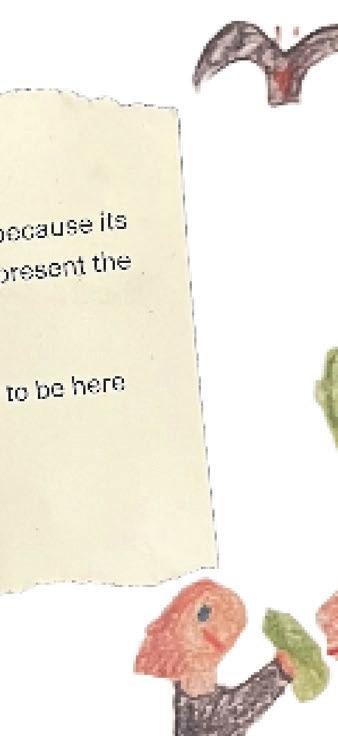

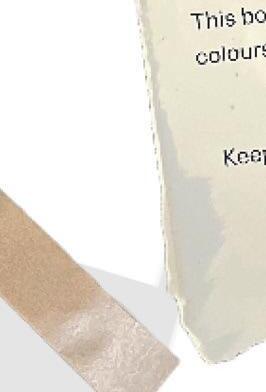

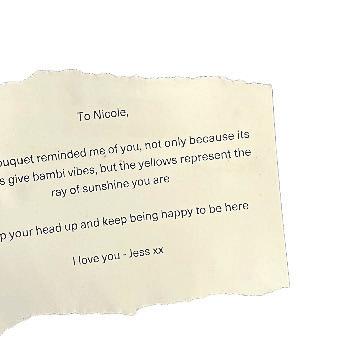
 Words by Nicole Quy and Emily Fromant, Co-Editors-in-Chief
Words by Nicole Quy and Emily Fromant, Co-Editors-in-Chief


Healing, or connecting with, my inner child is a prospect I’m very familiar with. But it took until this summer when I was reflecting upon my past with eating disorders, and the genuinely astonishing amount of hatred I harboured for myself at such a young age, to realise that, perhaps, I needed to do the inverse of the methods I was currently employing.
The Croft/Saiba Haque









I could not heal my inner child until I momentarily dissociated from her, positioned myself outside of her, and apologised, with the most sincere of hearts, for the pain I had caused her. She was only a child; she should never have to worry about such trivial things. It wasn’t until I reframed my perspective in this way, looking upon myself as the child I once was, not that is in spirit still there, that I could feel my ever cool self-critical self-perception begin to soften
I want to say so much to her, not least in the hopes that perhaps, one day, I’ll speak of and to my present self in the same tender way, but also because she deserves an apology. I am sorry I ever convinced you that you weren’t enough, that you had to change. I am sorry for not deleting the stupid blue app, which defined your entire teenage life, dictated which social events you could go to, whether you could afford to add milk to your cereal, and ever made you feel like you weren’t good enough. To think, in doing this, that I drained the energy and spirit of the pumpkin-patch dungaree, floppy bucket hat-clad, grinning little girl , is a feeling poignant enough that it makes me honour, not suppress those same hunger cues I used to subdue, and honour my reflection not with pointing fingers, but tender arms.
20-year-old me is going to be the role model I needed, when I was convinced I needed to restrict myself, preoccupied with my body and chiding myself for purely existing. I deserved, and deserve, better. To the sweetest, smiliest, happiest little girl who I convinced was too much, who needed to shrink away, I’m coming back for you love, I hope you’re coming back for me.
LIFESTYLE.
The Croft/Saiba Haque
The Croft/Saiba Haque
But I am also afraid of you.






Afraid of how close you are getting. I am scared I am not enough for you. That you will look upon me with your great green eyes and be disappointed. I feel I’ve failed you. That I was never a fairy like you wanted, or a princess, that I hated you so wholly and completely, that I did not deserve you. It is hard to describe how I look at you now. Frozen in a picture frame. You feel so far away, yet so close. You wanted so many things, you deserved so many things. I wish I was stronger for you, I wish I protected you from the things I would say. But I didn’t, and I couldn’t.
But I also feel you would love me anyway.



I would tell you: It’s you that keeps me strong now. That I still love the colour pink. I’d show you all of my shiny piercings - and you’d love them. I am reclaiming all of you; your vulnerability, your wide smile, your shameless singing. I am unlearning the fear I have been conditioned with and learning from you. And you have so much to teach little one, and I am sorry I didn’t know that sooner.


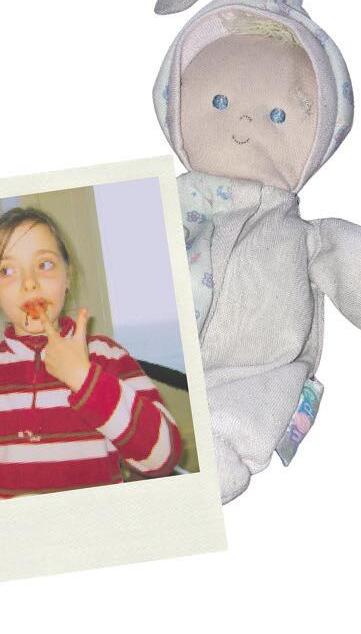



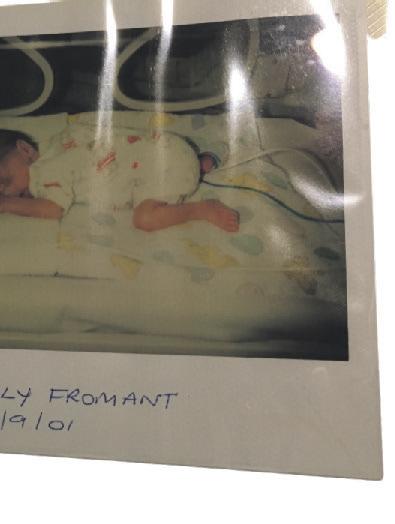

4
I’d like to speak with you O’lord
Though you may not be awake
Perhaps you’re in Australia
Ignoring what they have to say.
Maybe I sound too harsh already






But I just can’t shake the feeling
That i’m wasting time
By trying to get in touch with you this evening.
I’ve tried every other God I know
They haven’t been much help.
All the Buddhist said is that



I had to sort shit out myself.
You see i’ve tried that style already lord
And as far as I can see.
I may be out of options
If you don’t Answer me.
What do I ask for lord? Exemption?
Forgiveness? Will this ‘return to sender’?








Do you offer any discounts
To a long returning member?
Because I swear I’ve been beside you lord?
At some point or another
I’d even say at points of past

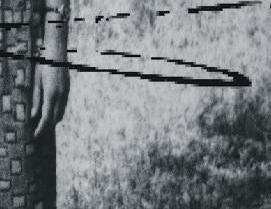

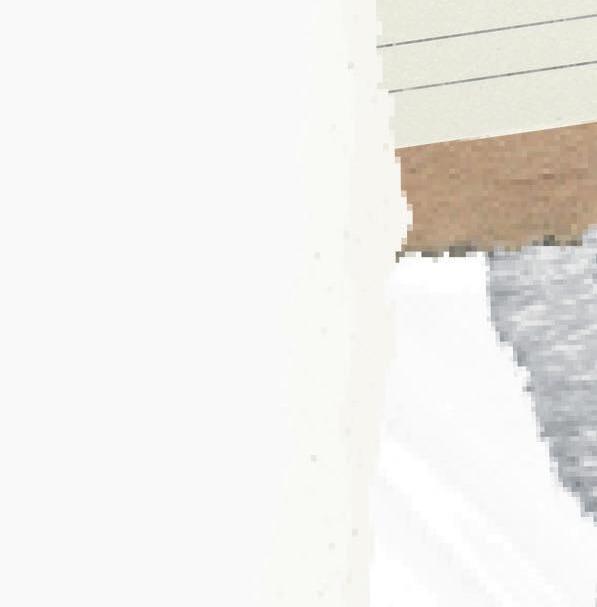

We spent a lot of time together.
It wasn’t my fault, lord
That isn’t why we fell apart
I only wish that someone told me
What you were like, right from the start.
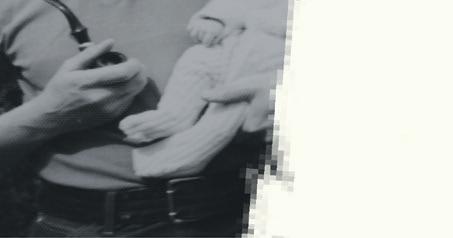

Someone told me, people like me
Just weren’t welcome anymore
It felt that if I someday made it to you
I’d be turned down at the door.
At first it didn’t bother me











It never crossed my mind but,
I was really just a child
And I thought you would be kinder. There were times O’lord, not many

That I thought I’d meet you soon
I never did, but it reminded me
Of some other famous tune.
WORDS BY WILFRED KEMSLEY Creative Writing Columnist


Anyway
The man who said these things about you

Isn’t with us anymore

But in a way I’m still a child
Who may yet wash up at your door. I don’t think I want a miracle

Or some vastly violent sign.
I’d rather hear from you, that what I am Is absolutely fine.
Just fine, that’s all. Not perfect. You know i’ve made mistakes But it would mean a lot O’lord



Just to hear that I’m okay.
Just ok. The same as everyone That you decide to judge. Tell me that there’s nothing wrong with me.
That you won’t hold a grudge. Because when I was just a child really I heard the problem is That bad things happen in the world

Because of who we choose to kiss. Or even who we choose to love
But it never got that far
It seemed this love just didn’t matter. It mattered who was seen inside my car Around the corner from his parents house.

Of course they couldn’t know. Because they really fucking loved you lord!
And so did I. for 15 years or so. I’m sorry lord, I shouldn’t raise my voice.
I just don’t understand. What do you do with all that love
That I’ve been told you’ve always had?
So that’s my question Lord.
That I would like to put to you tonight
And I will pray I hear an answer
Before the frightening morning light. But to be honest lord, I’m just not sure?
Why do I bother asking you?
Like every night, I’ll wake tomorrow
And be no closer to the truth.
5
I just don’t understand.
Croft/Finnuala Brett 5
Croft/Wilfred Kemsley



But in a way I’m still a child

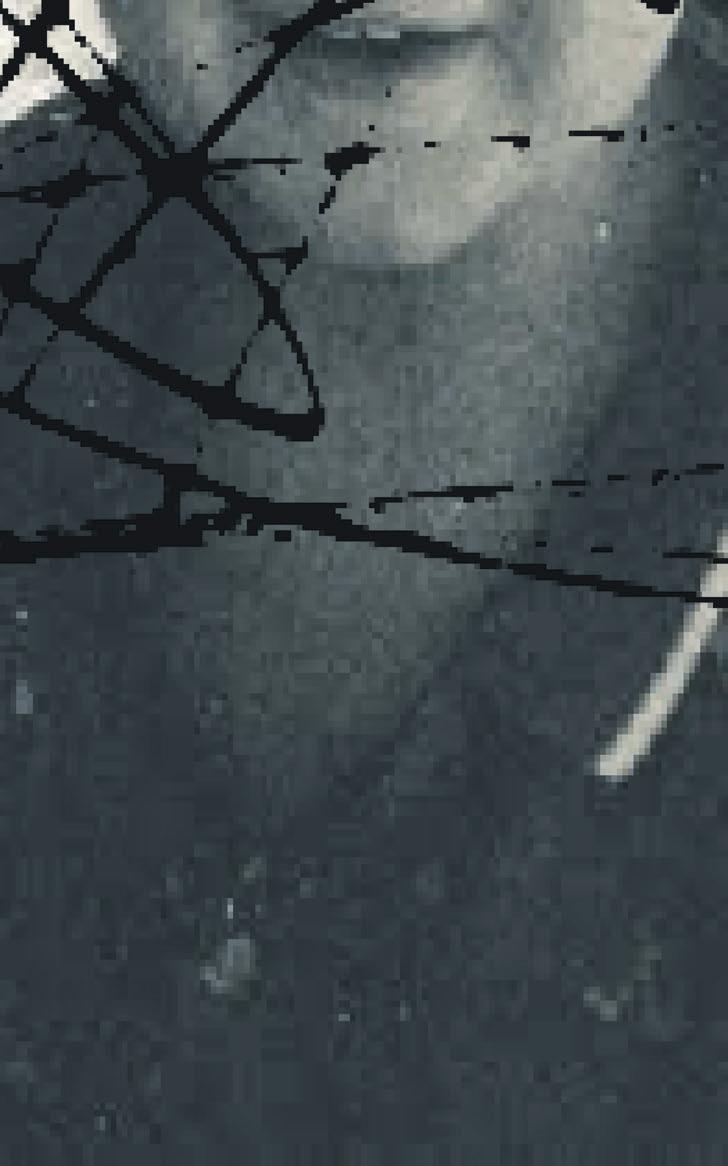
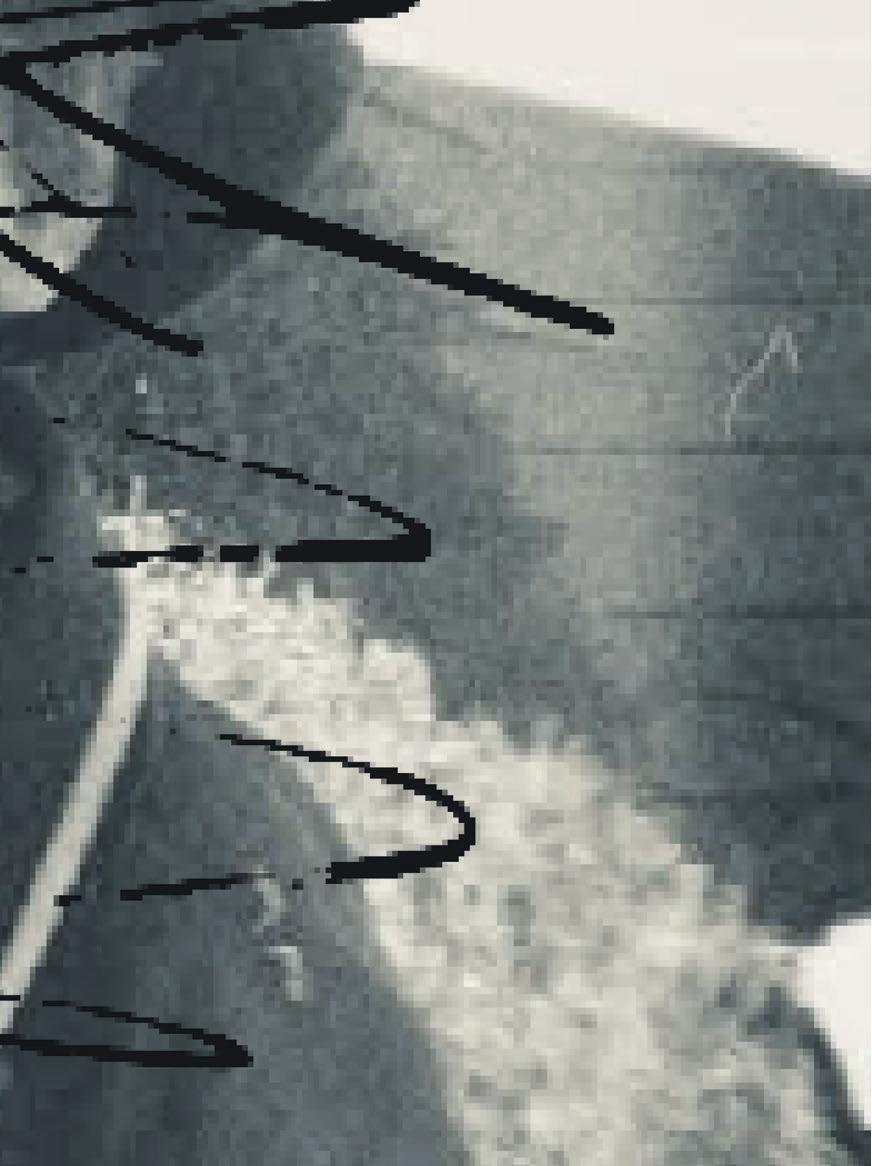
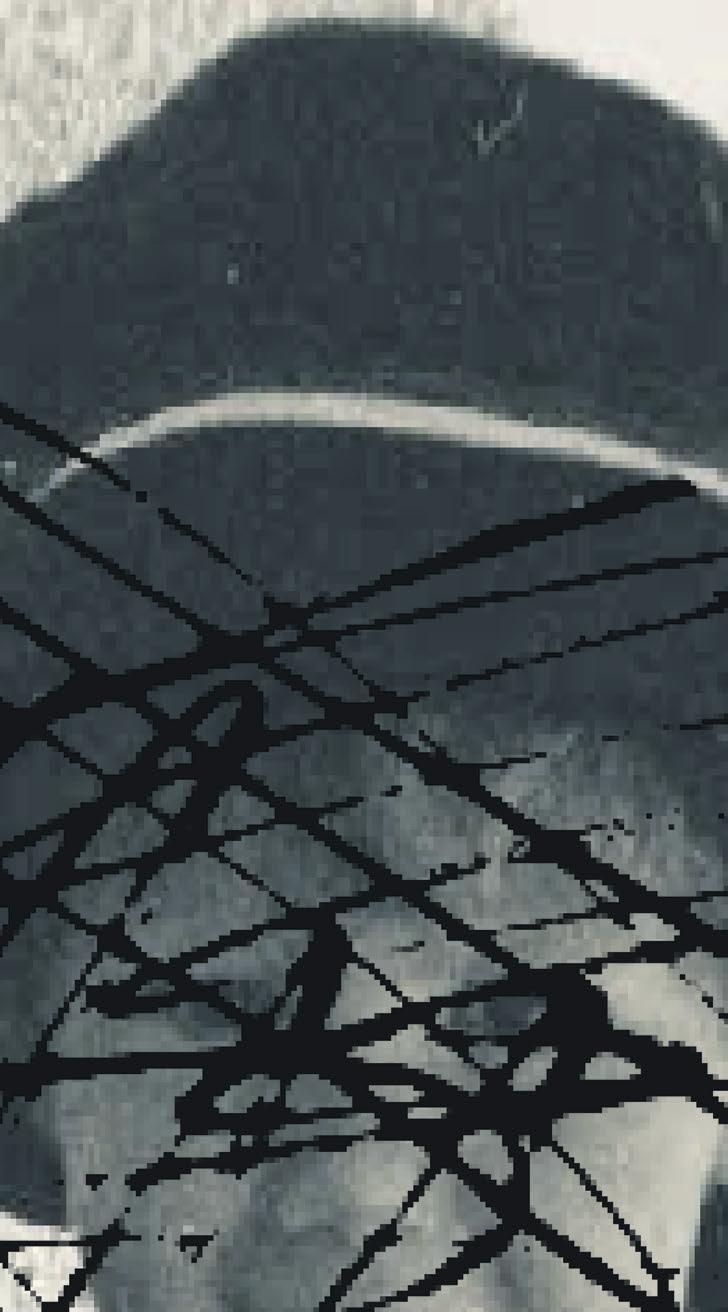
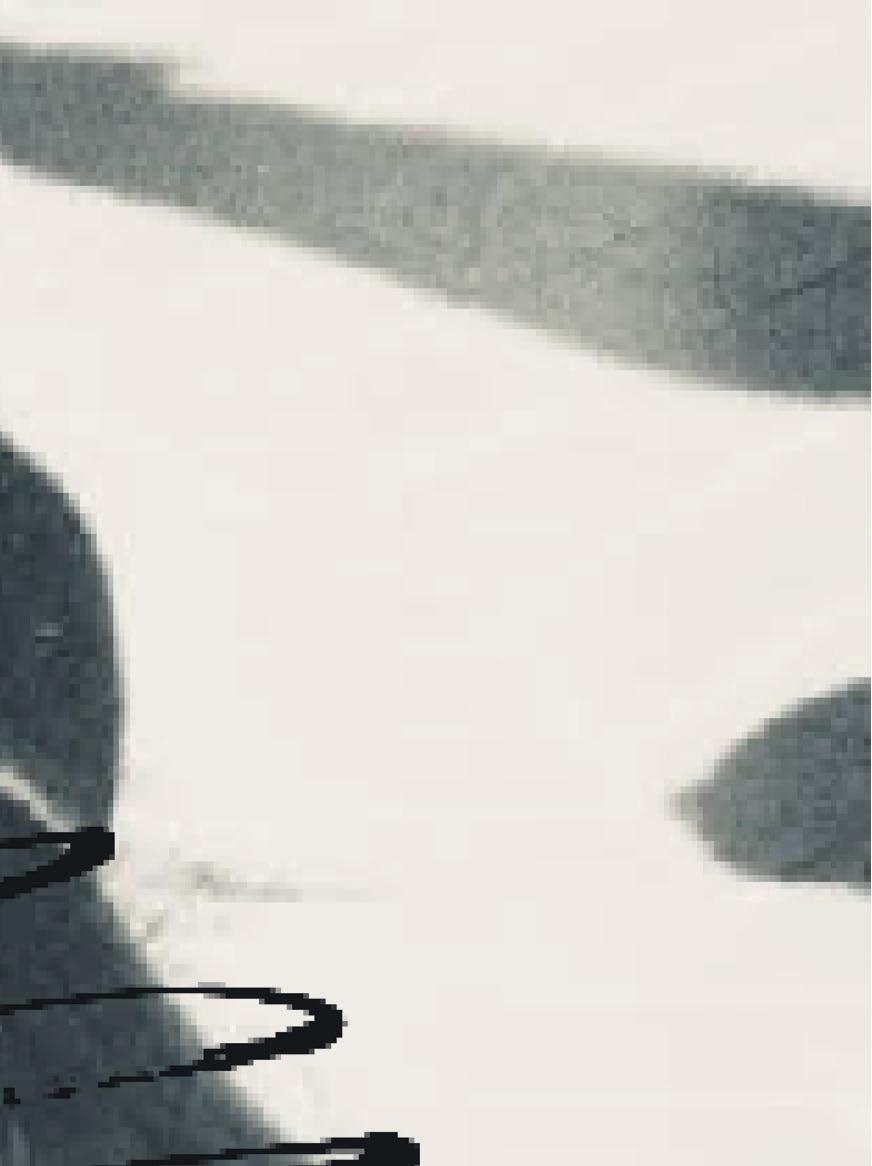


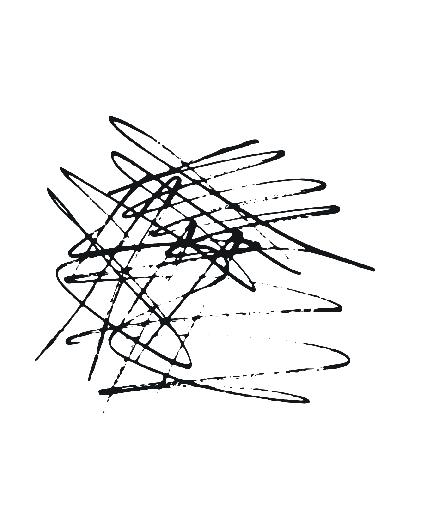

Who may yet wash up at your door.

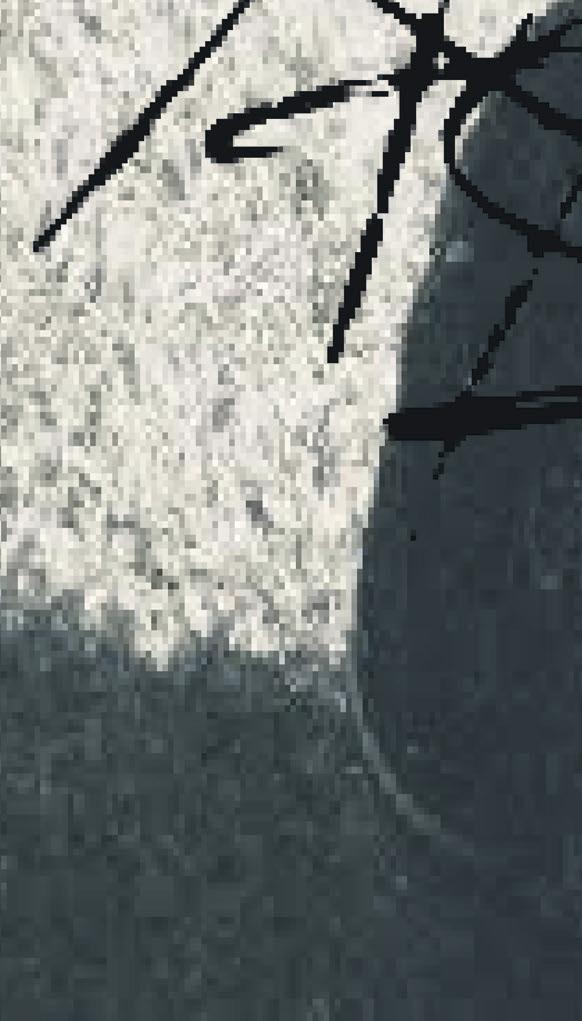
LIFESTYLE. 6
STYLE.
Editor: Molly Grogan

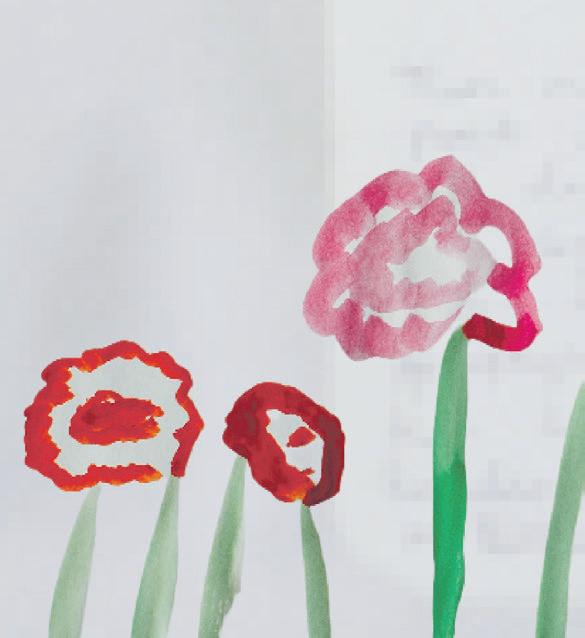
Deputy Editor: Mia Flook
Digital Editor: Amy Marshall
Sub-Editor: Bea Buchanan -lee

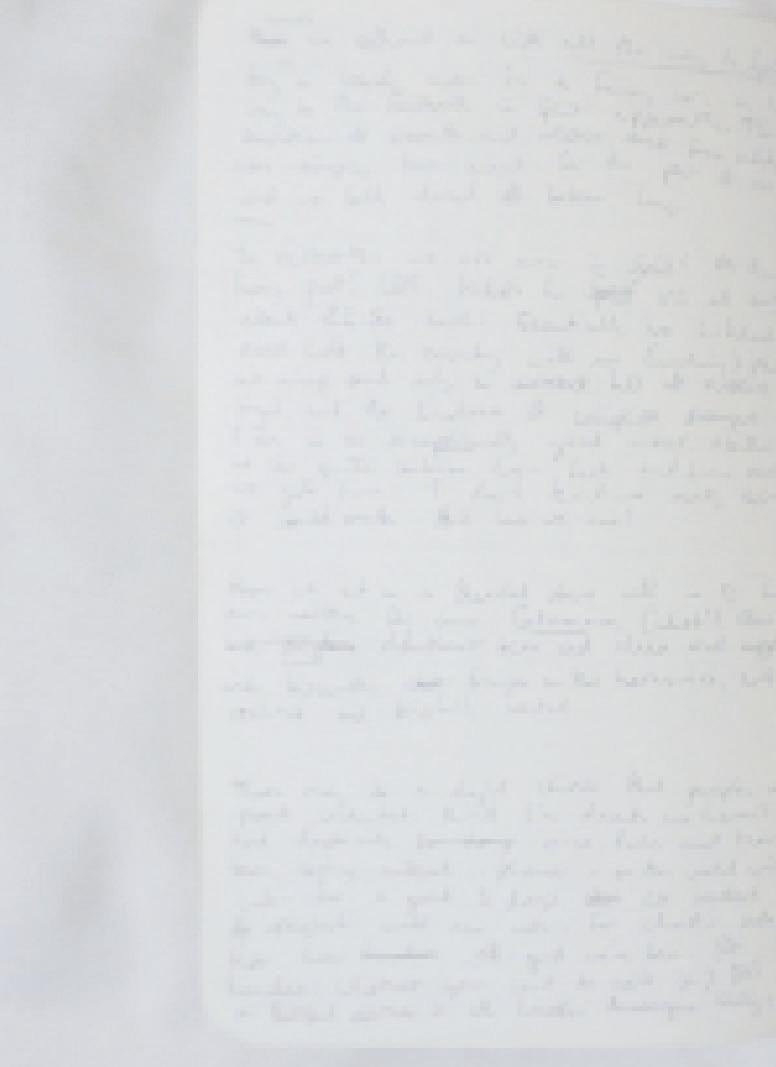
Even as a child, I recall being opinionated in what I wore. I think I knew what items of clothing I didn’t want to wear, rather than what I did, and I made this blatantly clear to my parents. I can remember one speci c outt I detested so vividly due to the fuss I made at being forced to wear it. Picture a swimming costume, but with sleeves and shorts attached, essentially a child’s-size wetsuit, but with a zip that went from your bellybutton right up to your neck. Fair enough the Mini Boden offender came in various patterns of polka dots or stripes, and all my mum was really trying to do was protect my ghostly pale ginger skin from the sun, but I thought this out t was the epitome of uncool. And I made sure everyone knew that I just wanted to wear a bikini like all the other normal kids in the pool.
MEMOIRS OF A CHILDHOOD WARDROBE
Once I grew out of them, she’d pop them back on eBay to be loved by another little girl. I wonder if witnessing her determination in bagging a bargain is where my love of sourcing second-hand items stems from.
She’d enter bidding wars in the hopes of winning those oaty linen skirts, the type that were covered in little circular mirrors and embellished with tiny little beads. I’d spend hours and hours just twirling about in them, watching them fan out around me, as the beads jangled around.

I’d like to say that my childhood style bears no resemblence to my current style as there have been some pretty questionable out t choices over the years, (picture pink leggings and denim shorts, or the infamous Superdry jacket with the never-ending zips), but I know there’s some items that still bring me comfort. Knit jumpers and cardigans have always been something I nd comfortable and easy, and as I look back at baby photos of myself, there’s rarely a shot of myself without one. But truly my childhood style was just a projection of my mum’s style as she chose how to dress me each day; and like me, she is also never seen without a jumper. What seems most apparent to me is that my choice of clothes as a child just represented an inherent desire to be grown up. Thinking that each new item in my wardrobe represented the next stage in my life. Thinking the rst pair of heels I owned, meant I had entered womanhood. Feeling disappointed that the rst time I left the house with a handbag, wasn’t the mark of my new maturity, but actually just a very practical development in life.
WORDS BY LAUWORDS BY LAURA HARTIG
7
‘... Fair enough the Mini Boden o ender came in various patterns of polka dots or stripes’
I can remember my mum scouring eBay in search of second-hand monsoon skirts.

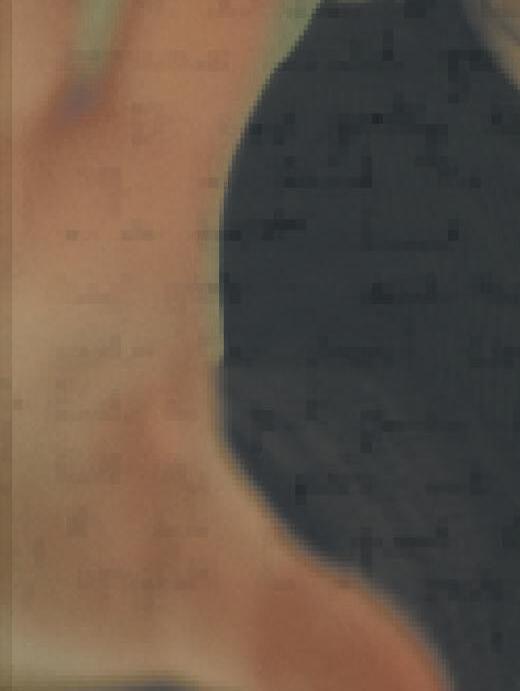
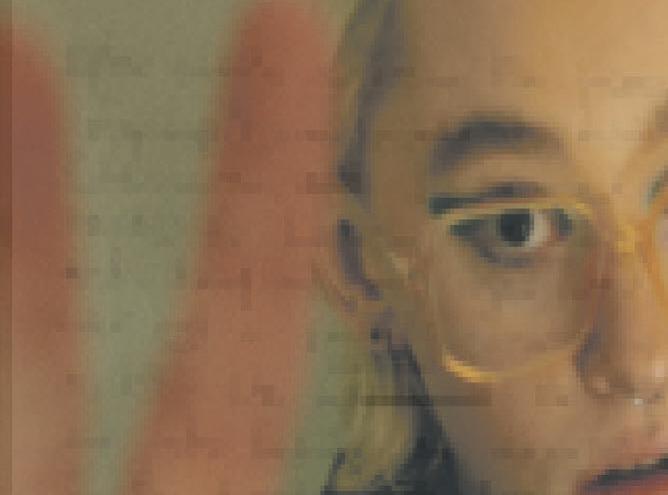



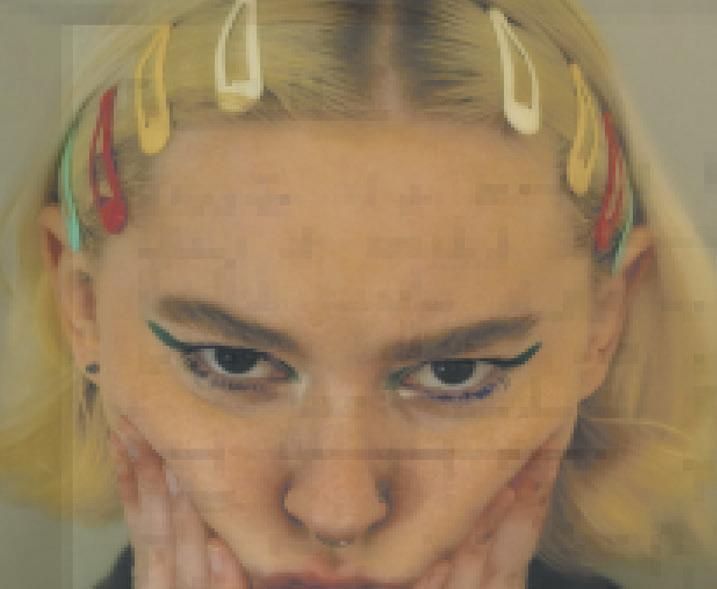





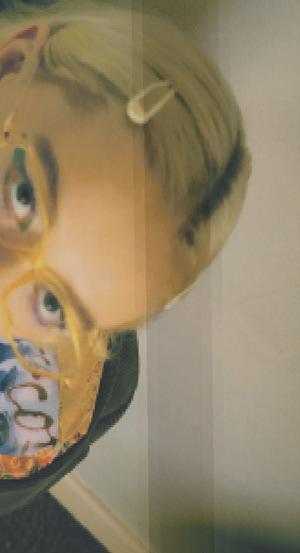


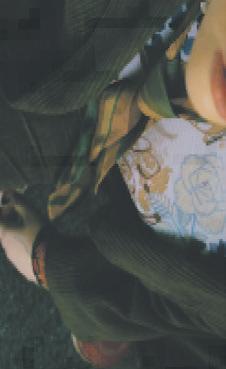
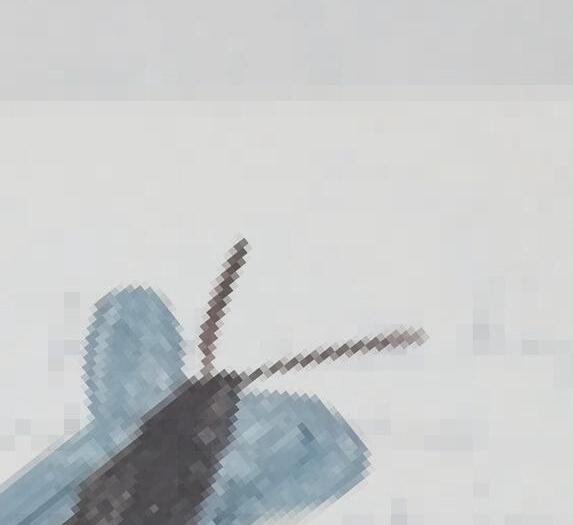

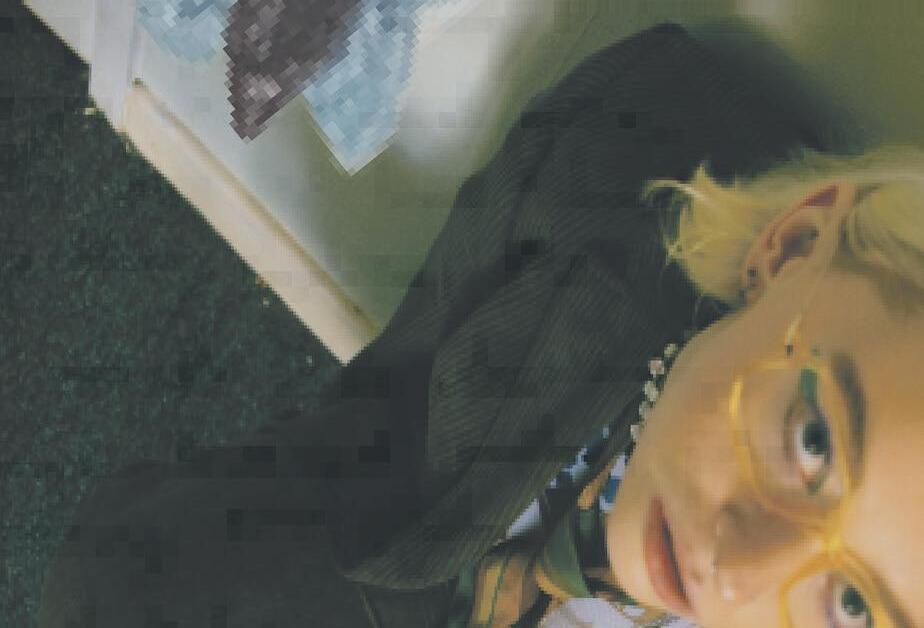






The Croft / Emily Fromant
STYLE.
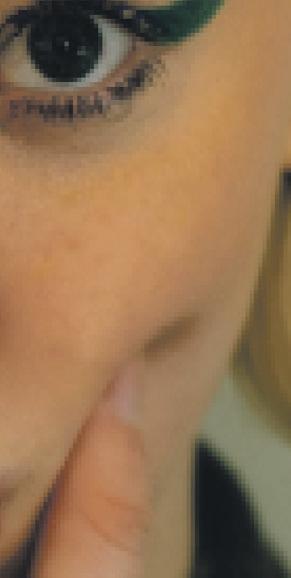
Editor: Molly Grogan
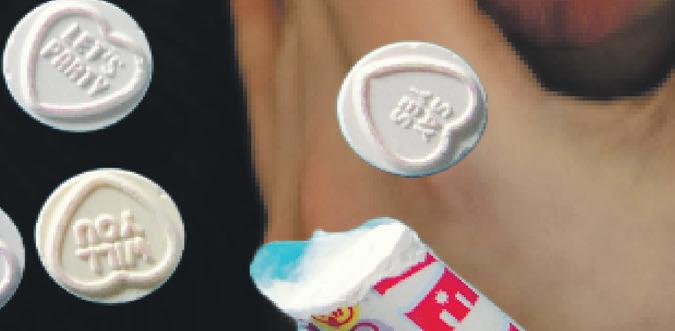
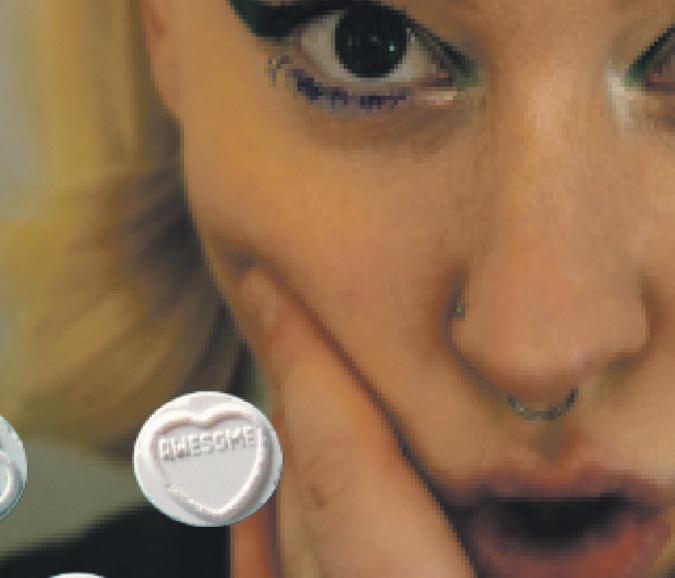

Deputy Editor: Mia Flook
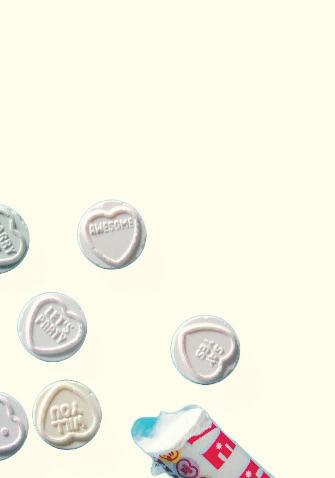

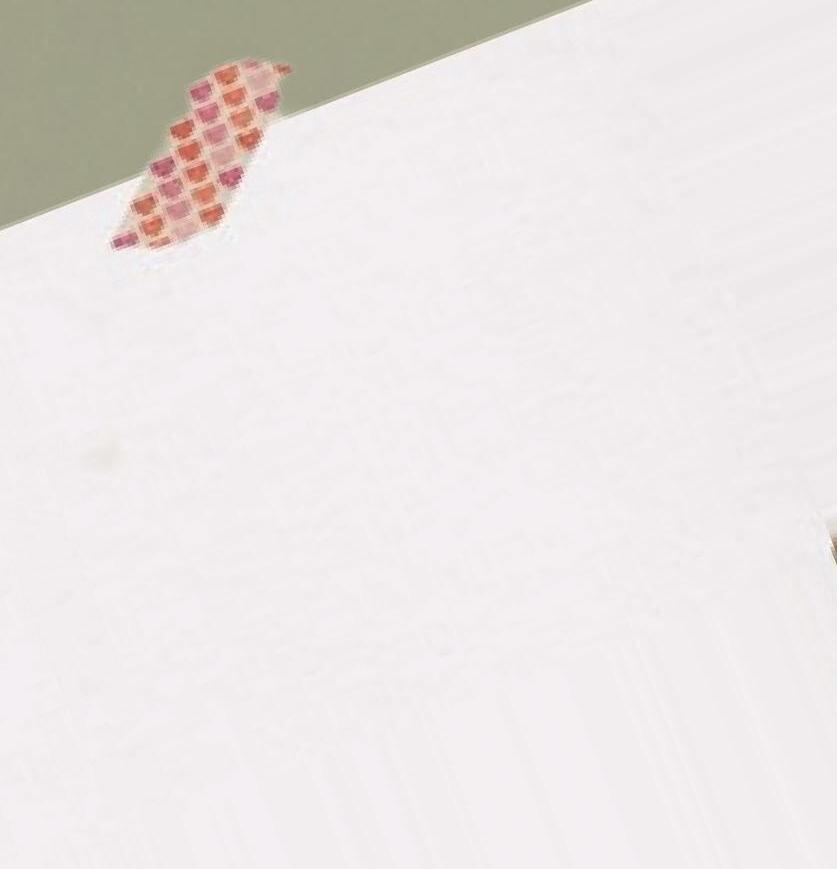



Digital Editor: Amy Marshall


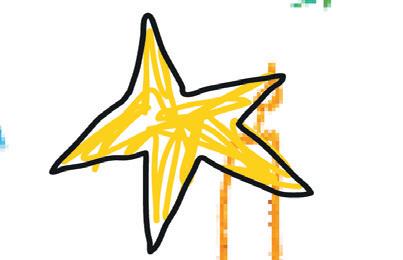

CLOTHES OF NOTE








Words By Yikuno-amlakNaomi
Yikuno-amlak


 The Croft / Emily Fromant
The Croft / Emily Fromant
Everyone has identifiers which denote a time that evokes nostalgia; perhaps a certain scent, song or
food. But for me, the clothes worn on a day of note, or your general sense of style in a particular ‘era’
of your life induces nostalgia more fervently than the song you shared with your ex ever could. I’m an
incredibly sentimental person, so it’s no surprise that a smile beams across my face when I see something
incredibly powerful trend in the fashion world. In the calamity of the last few pandemic-affected years,
as trivial as the aztec print leggings I wore on my year 7 non uniform day. The fashion scene is no stranger to nostalgia either; the ‘nostalgia economy’ as dubbed by Quartz is an
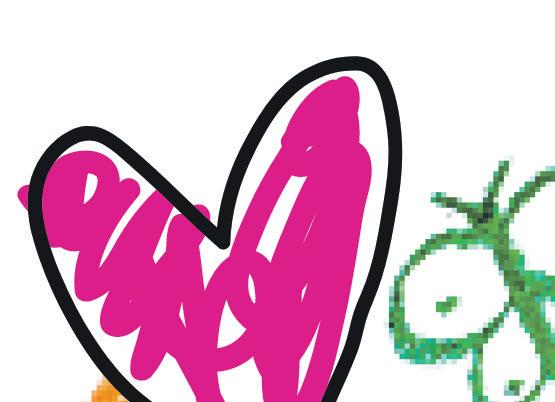

the tendency for trends to emulate the past has only gotten stronger. A number of brands are


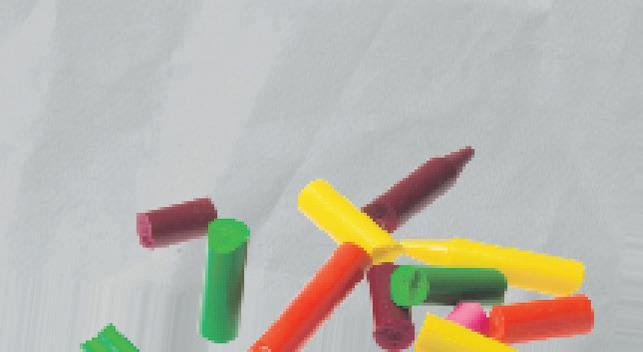
capitalising on this; in September 2020 clothing label Daisy Street joined ASOS to release a collection of
T-shirts featuring a childhood cartoon favourite, Groovy Chick. This collection was widely celebrated by
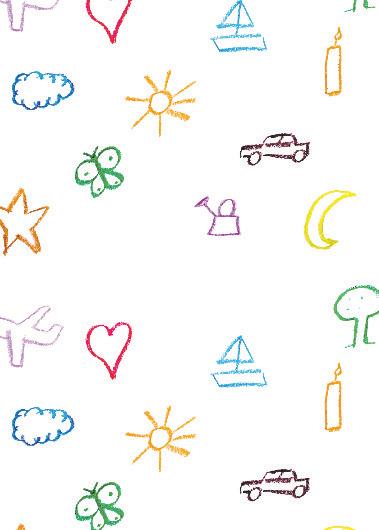
those in their lat teens and early 20s (including myself) in the search for a nostalgia fix.
Urban outfitters also featured collaborations over the past two years with Ed Hardy and Juicy Couture,
two notoriously popular brands in the 2000s which experienced a huge resurgence of interest during the pandemic.
So, what’s with this growing fixation on the past?
As aforementioned, clothing-related nostalgia in recent years could be partially attributed to the tumul-
tuous effects of the pandemic. What better form of escapism exists than to be clad in clothes from
‘the good old times’ when the future looks bleak? President and co-founder of Vestiaire Collective Fanny
Moizant explained ‘‘Consumers are seeking rare and iconic pieces, perhaps that date back to a certain

era, or that remind them of a relative’s style or memories of their own style at a younger age, which
might explain the huge comeback of iconic 1990s styles’. Moizant’s explanation resonated heavily with why
I too find myself in attire from the 90s and ‘Y2K’ era. Growing up, I remember being enamoured with my





aunt Esther’s style. It was then, strutting around her room aged 7 in her snakeskin boots and a gorgeous
dress far too big for me, that I decided I wanted to look just like her one day! Fast forward 13 years,
my closet is full of the styles I admired, aided by my aunt giving me most of her old clothes. Today, I
wear outfits younger me would be proud of- something that evokes a warm, fuzzy feeling. A lot of discourse around the resurgence of past fashion trends focuses on the negative environmental
impacts that accompany the mass-production of clothes to accommodate ever-quickening trend cycles.
Whilst this sentiment is valid, I believe fashion nostalgia opens up more opportunity than ever to
respond to trends as a conscious consumer. Charity shops and online platforms like depop and ebay are
full of second-hand clothing which emulate styles of the past without breaking the bank (ok, bar depop). You could also give your old clothes of note a new lease you like; helping you use nostalgia to connect positively with once favourite knit jumper become moth-ravaged. I’ve had gre won’t be reaching for the aztec print leggings any time soon).
of life by styling them with newer items great joy doing this (though I must admit I
10
There is always that one dish, that every time you make and taste, takes you rushing back to your childhood. Whether it’s the memories of cooking with your loved ones re-surging as you recreate the dish on your own, or the wonderful aroma of the food bringing back old memories of your childhood kitchen.
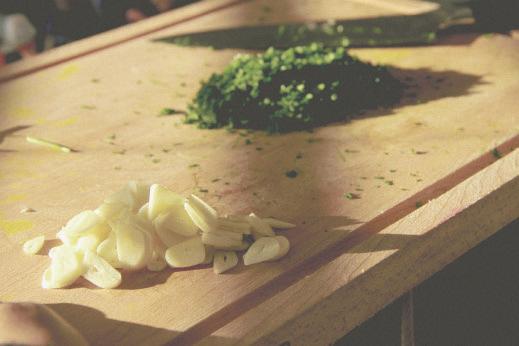
Aroma Down Memory Lane
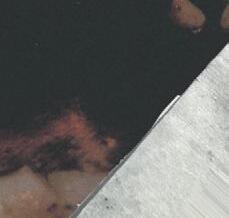
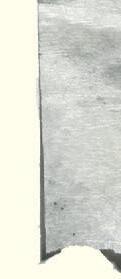
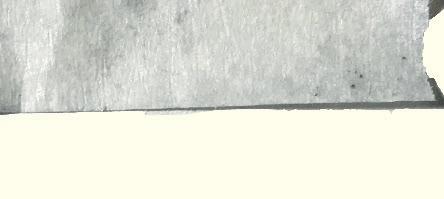 Words By Saiba Haque
Words By Saiba Haque
Sense of smell and memories associated with a specific aroma or scent is largely intertwined. Even now, every time I smell Onions, ginger and garlic frying in ghee or mustard oil, it takes me back to my hometown of Dhaka. There are many street-delicacies from my native city which evokes a sense of nostalgia upon growing up in Dhaka city. From the sweet and delectable smell of date sugar being used to make numerous kinds of rice cakes (or as we would call, Pitha),
to the Dhaka-style Biryani being cooked on the way back from my school, to acquiring some beloved steet-food snacks such as fuchka and jhal muri after school. These are the foods that I can recall when I ponder about my childhood. Aside from term time in Bristol, as I currently live in Southall, a place synonymous for it’s variety of South Asian restaurants. Sometimes as I walk towards the broadway, the aroma of all those street-foods that I would eat when in growing up in Dhaka would come rushing back to me.
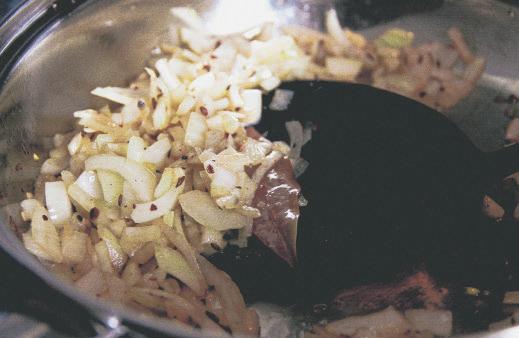
Although there are culturally signi cant Bangladeshi dishes that are widely common and well-recognised, every household has a di erent interpolation of spices that makes for unique recipes in di erent kitchens. The aroma and taste of the Biryani made in my aunt’s kitchen would be somewhat di erent to that from my grandma’s kitchen. Hence, although street-foods from my city provide for fond memories, there are certain home-cooked dishes that are immensely memorable from my childhood. Smells and tastes of which can only be replicated at home; and even then, it may still di er slightly from the original version of the recipe. Partly because standardized measurements are rarely used in Bengali home cooking. Another personal reason being that my grandma tries to gatekeep her valuable recipes by not disclosing particular ingredients. Meaning that the dishes that she makes can only be made and replicated by her (yes, I also nd this rather bizzare).


11
The Croft/Saiba Haque
The Croft/Saiba Haque
FOOD.

Editor: Saiba Haque
Deputy Editor: Maya Glantz
Digital Editor: Lara Inglis Jones
Sub-Editor: Emma Witham


This dish is called “Deem Bhuna”, which translates to egg curry. It’s a common Bengali houshold delicacy. However, although most recipes would call to use tomatoes for the curry base along with onions, ginger and garlic, growing up, my family would opt out from using tomatoes at all.
We would start with ghee, cumin, cardamon, bayleaves chillies and cinnamon sticks, saute in the diced onions, and garlic and ginger paste and add in powdered spices such as turmeric and chilli powder. We would fry the boiled eggs in a different pan with some ghee, turmeric and salt. We would then add in the eggs to the curry base, pour in some water and allow to simmer until the curry thickens again.
Nevertheless, I try my best to replicate these home-cooked dishes that my grandma would make during my childhood, regardless of the lack of information. Often times it would work out well in my favour. Although I didn’t actively start cooking at a young age, I remember that I would often “help” my grandma with her cooking in the kitchen. She wouldn’t let me actively participate too much in her rituals, but despite that, I would often be there, in her kitchen loitering and lingering, and asking questions; but most importantly I would be observing. Observing the techniques and ingredients she would often use or would opt not to use in her recipes of these traditional dishes. As I grow older and recollect my observations from when I was loitering in my grandma’s kitchen, I would go on to recreate that same aroma and avours that my grandma tried so hard to gatekeep from everyone.
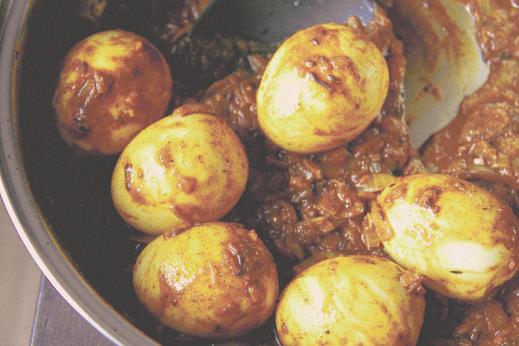
Regardless of that, whenever grandma cooked for us it was always a joyous occasion. We would all gather around and gladly devour her food. Sometimes when she would cook large amounts of food for festive occasions, all our relatives would go on for months after, about Rehana’s (grandma) food and how it’s different to anything they’ve ever tasted. When I’m replicating those dishes my Grandma would make in my own kitchen in Southall, and sometimes as I make huge portions of food for my friends gathering around my own table, I can feel the essence of my grandma’s culinary talent.
As the food is devoured, yet again, and the compliments are exchanged about the flavours of the dishes, I feel as though I am transported back to when I was younger, with my grandma receiving those same compliments as the chef of the household.
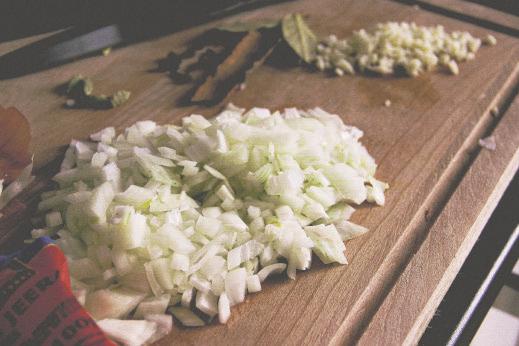

12
The Croft/Saiba Haque
The Croft/Saiba Haque
FOOD.
Editor: Saiba Haque
Deputy Editor: Maya Glantz

Digital Editor: Lara Inglis
Jones
Sub-Editor: Emma
Witham
Everyone has a di erent food which helps them to relax and frees them of worry. But as many brands pick up on, these stressful times are often brought on by wider national issues which induce us all to reach for our favourite comfort foods.
13
The Croft / Emily Fromant
THE RESURGANCE OF COMFORT FOOD IN THE ERA OF RECESSION




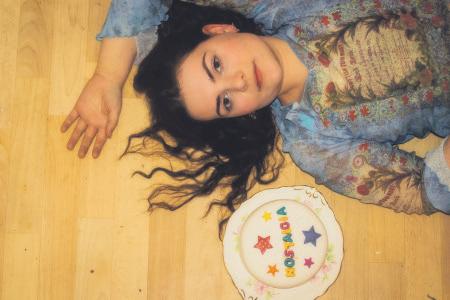
In times of di culty, rising demand for comfort food is a common trend which is observed as it is used as a form of escapism to transport people to simpler times. Comfort foods today vary according to generations and tastes but tend to be something slightly stodgy or sweet. During the pandemic, many supermarkets noted an uptick in sales and searches for nostalgic foods. Waitrose reported searches for knickerbocker glory were up 171% while CoOp reported searches for dried tri e were up 738%. Both are primarily unpopular foods today and the dried tri e likely sounds disgusting to the majority of the younger generation, however, they were hugely popular in the 60s and 70s and people’s hunger for nostalgia resulted in their boom in popularity during the pandemic. This trend of people seeking out more comfort food during periods of national anxiety is tapped into by many popular food and drink brands. They often do this by modernising ing their childhood, bringing back
old products no longer around today.
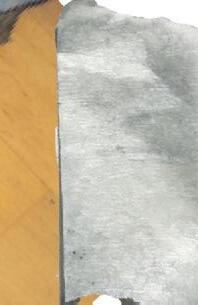
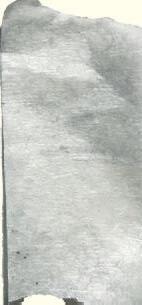

For example, Hovis redid their hugely popular ‘Boy on the Bike’ advert in 2019. The original 1973 advert features a young boy bringing the Hovis bread up a hill on his bike to the soundtrack of Dvořák’s Symphony No. 9, ‘From the New World’. Its beauty is in its simplicity and it was voted the ‘most iconic UK advert of all time’. The new advert is exactly the same apart from being digitally remastered to t modern screens.
Meanwhile, Cadbury’s brought back its ‘Cadbury’s Pud’ in Christmas 2021, which was last in stores in 2003. Ferrero’s Kinder Bueno Coconut was put back on the shelves in 2021 after being discontinued in 2017. In 2022, an era of recession, we saw the popularity of nostalgic foods increasing yet again. In the Summer of 2022, Sainsbury’s reported an increase in searches for retro foods such as Battenburg cake and Neapolitan ice cream. Greggs, a bakery that’s the epitome of comfort food, has seen a big uptake in consumer sales, particularly in the evening. pecially popular during a recession. .
Whilst also invoking a feeling of solace, comfort. foods are often a lot cheaper than other foods making them especially popular during a recession.Despite the sad news that Greggs’ sausage rolls are now £1.15 despite them being £1 last year, their prices are still vastly cheaper in comparison to most cafe and bakery chains. This has led to far more consumers seeking out an easy, comforting dinner. This trend has seen the early evening become the fastest-growing part of Greggs’ daily trade.
With the economic forecast for 2023 continuing to look bleak, there is no sign of comfort foods going out of fashion just yet and we may see even more brands tapping into customers’ nostalgic sentiments. So next time you fancy a sausage roll, knickerbocker glory or even a ratatouille, don’t feel bad about treating yourself because everyone else is treating themselves too.
Words By Bea Learmouth
14
The Croft / Emily Fromant
WELLBEING.
Editor: Sophia Smith

Deputy Editor: Ursula Glendinning
Digital Editor: Helen March
Sub-Editor: Zara Whistler


Forget me not
I am an avid googler. So, when I was 16 and in love for the very rst time, I would panic research the probability of your rst relationship being lifelong. I’d scan article upon article of fairy-tale romances and opinion pieces on the necessity of a rst heartbreak. My parents were often bombarded with questions when my need for reassurance grew too large for Google to handle.
The Uber driver talks to you about the train strikes and, distantly, you can hear your voice answer him. You sound polite, happy even and you don’t know where that voice is coming from because surely it can’t be you. Your body is too preoccupied with the pain in your chest to be making any legible noise.

The night ies by your window in bright, colourful streaks, and the idea of oating weighs deep within you. You’ve lost your anchor, your home, the ties that kept you grounded, the morning and night that bookended your chaos, your favourite person.
Life goes on, slowly, but it does. Family and friends babysit you and sing you lullabies: ‘I never liked him anyway’, ‘he was punching’ and ‘there’s plenty of sh in the sea.’ None of them soothe you, but you laugh along and try to convince yourself that they’re right. You are better o .
You think back to the articles you once read on the inevitability and necessity of a rst heartbreak and conclude that the writers must have been sadistic.
15
You think it will last forever . You want it to last forever, so desperately .
The Croft / Emily Fromant
The Croft / Emily Fromant
Words by Charli Phillips




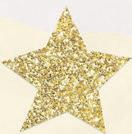


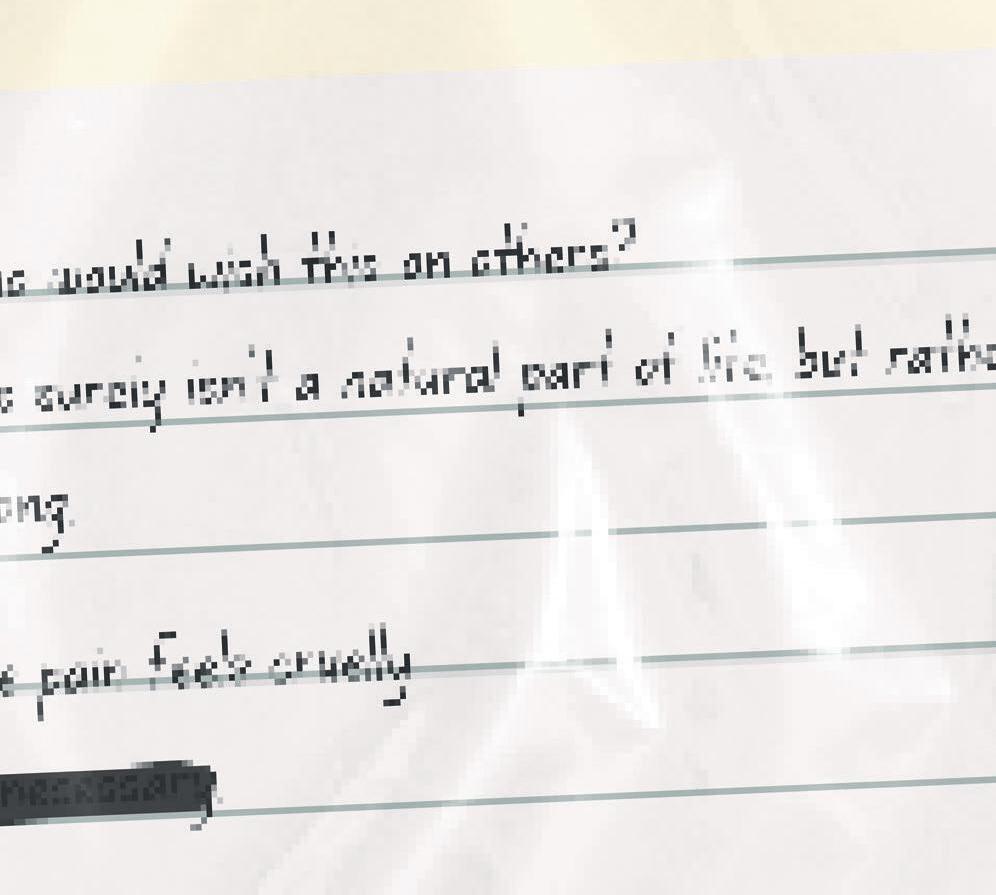



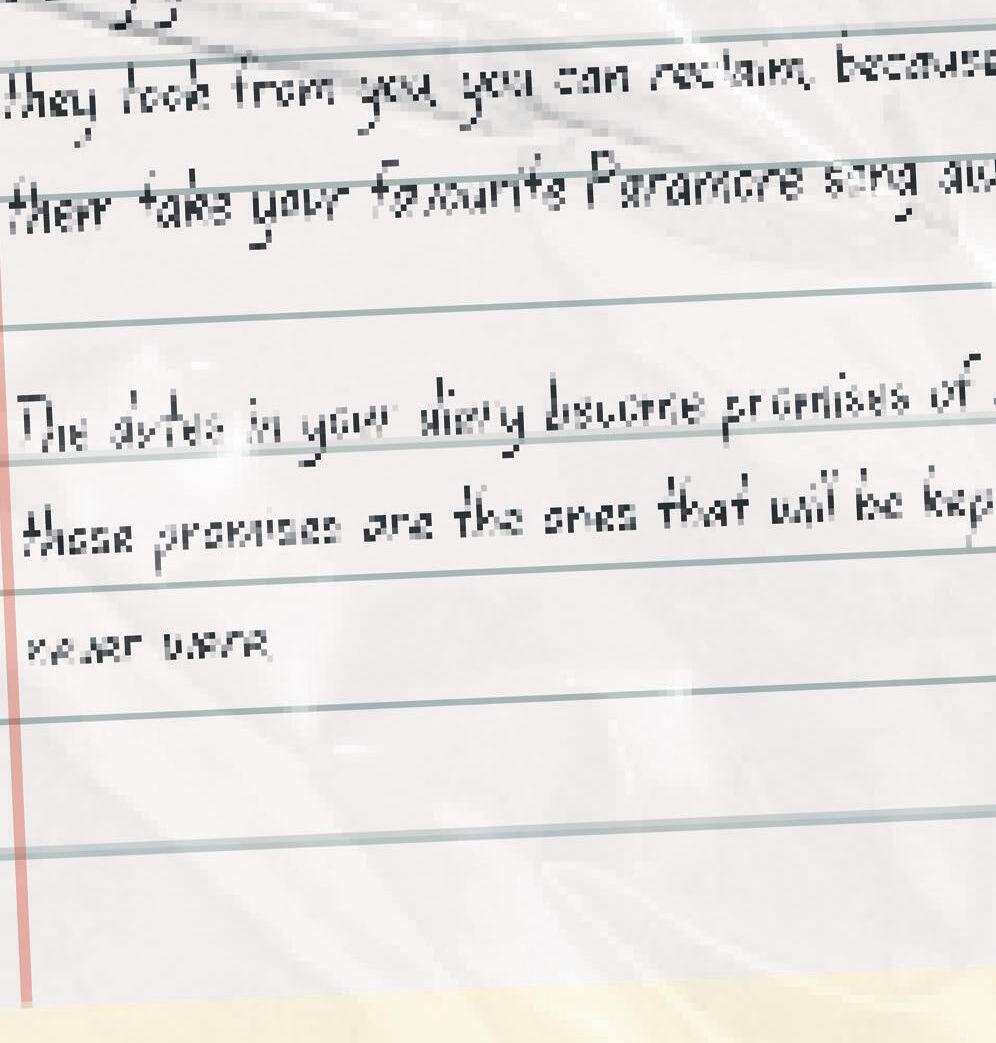





16
WELLBEING.
Editor: Sophia Smith



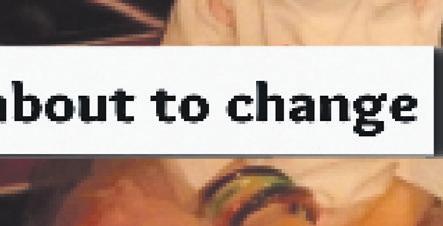


Deputy Editor: Ursula Glendinning



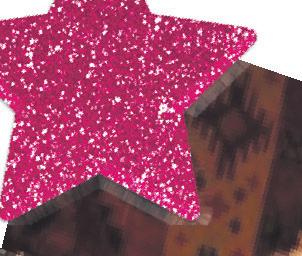


Digital Editor: Helen March
Sub-Editor: Zara Whistler

17
17
The Croft / Emily Fromant
The







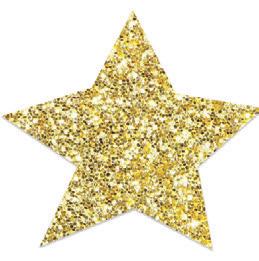
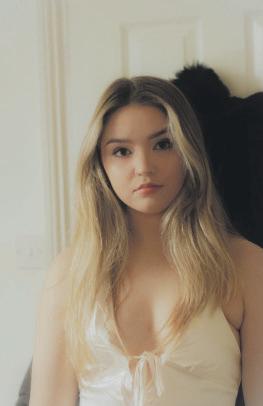
University Nostalgia
Words by Kitty Fitzgerald
Are you ready? Everything is about to change.
It’s nally happened, the duck-duck goose of chasing life’s milestones has ended, and the race is over. University is starting! But rather than dwell upon the anxiety-inducing concerns and innite possibilities that lie ahead, here is a bucket list of things that will guide you through the next few years.

> As you may have guessed, this is really a collection of my fondest memories whilst at Bristol. It serves as both a bucket list for past me, who had no idea how much fun was to be had, and a bittersweet reel for present me as I commemorate my time at university. I remember these both with a smile and the accompanying pang of sadness.
Nostalgia, the ache and pain of wanting to return home.
It took far less than three years for Bristol to become home, an extension of who I am as a person and a place where I will always exist. I am reluctant to say goodbye.
University is now ending. But rather than dwell upon the anxiety-inducing concerns and in nite possibilities that lie ahead, the list reminds me of the joy that lies within the unknown and the unexpected. Some of my most cherished memories are due to eighteen-year-old me plunging myself into an entirely new city and life, and I am so glad that I did. Three years on, it is time to do this again.
Try that sport/society that you could never do at school. Even if you mistakenly turn up as a beginner to 1st & 2nd team trials with the wrong kit for the sport, give it a go… You’ll at least get a funny story out of your mishap and meet nice people along the way to recall the memory with. (N.B - continue to check your emails for the next two years in case they did forget to select you for the 1st. Learn to cook, and I don’t mean master the art of toasties… You will overcook (burn) countless meals because you are petri ed of food poisoning. But eventually, you will feel as though you sometimes know what you’re doing and even grow to enjoy it.
Visit the Bristol Museum & Art Gallery. Yes, you struggle to draw a stick man so you have always dismissed art, but the people you meet will allow you to see things di erently. An exhibition may make you cry for the rst time whilst looking at a painting, but friends will comfort you and remind you that that is its entire purpose.
looking at a painting, but friends will
Watch the sunset from the Suspension Bridge/Brandon Hill. Both are an uphill hike and a cliché, but you will never forget the rst time you watched the sun sinking over Bristol’s hills and who you were with.
I am ready; everything is about to change. Croft / Emily Fromant 18
TRAVEL.



Digital Editor Isobel Edmondson
Deputy Editor Grace Burton
Editor Finnuala Brett


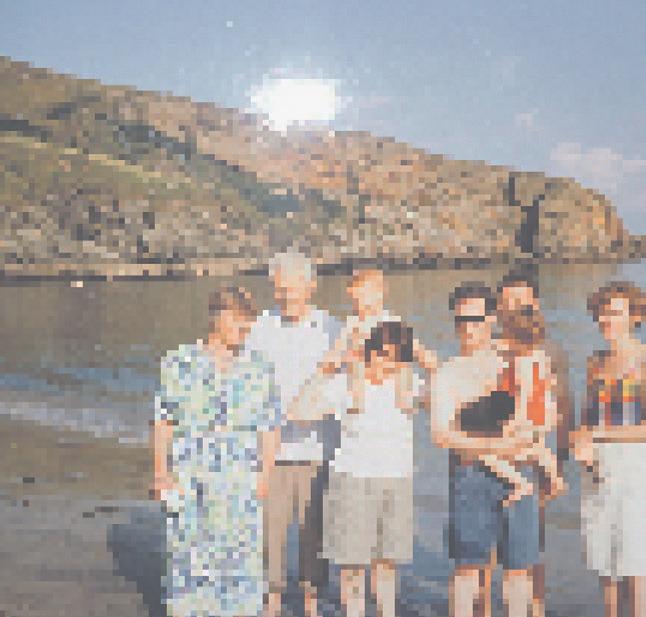
Subeditor Eve Baird









19
The Croft / Finnuala Brett
grew up in will no longer exist.



Irish winters are bad, the vines in the smallest bedroom will stone wall into shattered pieces, the oorboards and grow into a puddle that spreads damp rot from door to window. The crack in the dining room window will widen, and on one cold night shatter and collapse, exhausted. The living room, with its tall ceilings and bay windows that my grandmother loves, where you can see all the way down to the lake that lies silver and quiet under the sky, this might be the last room left. And though it is inevitable, it hurts to think that
of Irish boglands and woodworm.

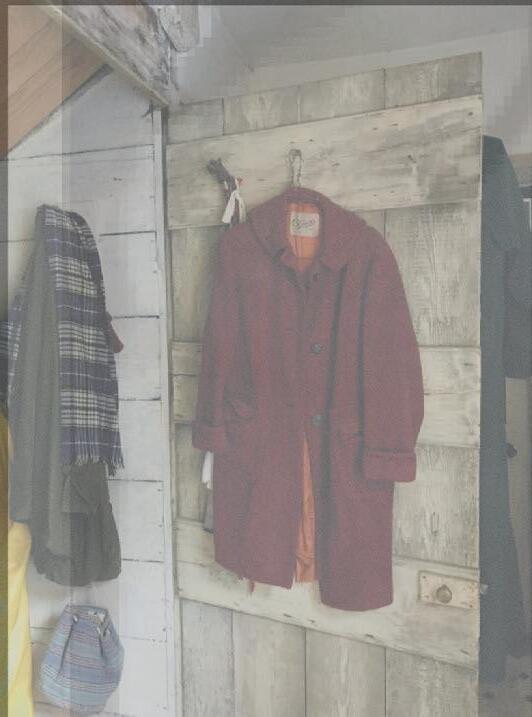
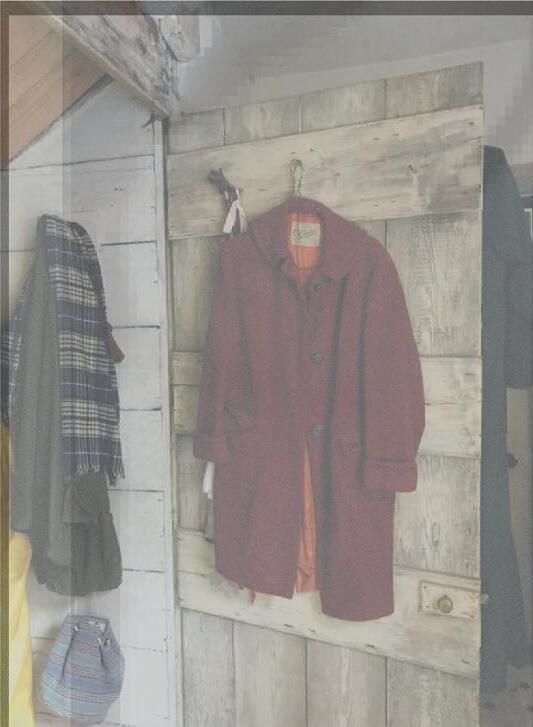
My rst taste of Ireland was that of salt water. I was not yet a month old, in the arms of my tired mother, come to dangle my tiny feet in the Atlantic at the beaches along this coast: Murvagh, Rossnowlagh, Bundoran.
es of a child’s fairytale.

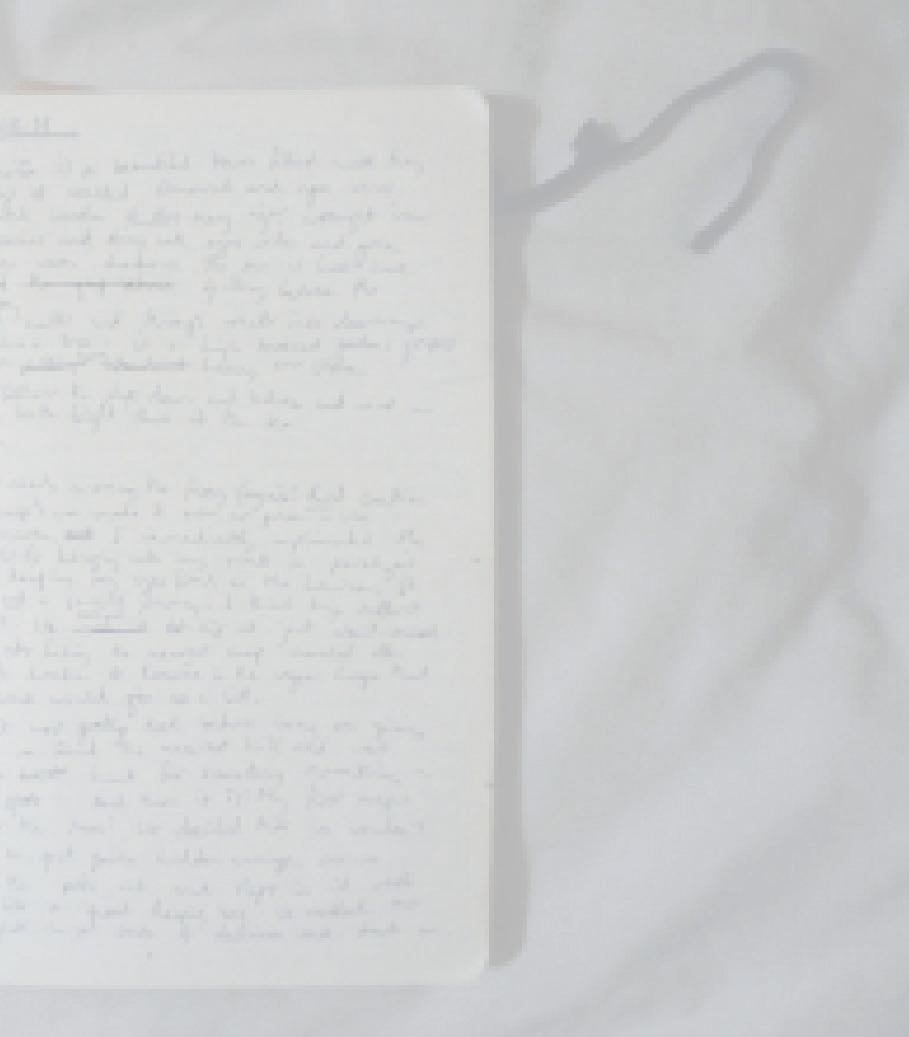
stretch of dimpled sand, clean sky; Ardara, its sand dunes distorted by the storms every year, the caves this time submerged and next time empty and dry.
mossy hills, and meets the sea as it leaps up in great sprays of white.
This part of the world is very beautiful, even through the rain it su ers every day of the year, and the damp that gets to the bones. There are few footpaths, and few houses – the little squat white walls buried into dimpled ground, red window frames and low eaves – and the roads twist between moraines left by ancient glaciers.
Lakes collect in indentations in the land, where the clay is too thick or the bog too saturated for the rain to drain. When the sun occasionally emerges, the moorlands are transformed into a patchwork of mirrors. The rs grow thick in the forests, and scotch pines down near the coast are bent and blistered by salt winds. My grandmother paints it all. She loves the colours, she says, and takes her little jar of turpentine and bag of oils out in the car, to drive along until she nds a new view. Every corner of road and eld is memorialised in her canvases, stacked on the landing in the house. Some are un nished, some beautiful and sweeping and tender.
I have to ght her paintings for space when I visit now, and move them o the bed in the spare room. My brother and I used to share mum’s old room when we visited. Two wooden beds, springs slackened and squeaky, stood stoutly next to one another on the carpet. But we are both too old and too tall to t there anymore, and with growing older and leaving home the trips I make are sometimes along. The house feels much quieter than when I was young. It used to be a bit of a family a air, complete with cousins and aunts and uncles and great aunts and great uncles, squashed into the dining room around several extra tables and an assortment of chairs. In summer, mass games of rounders and frisbee in the cow elds down the hill.



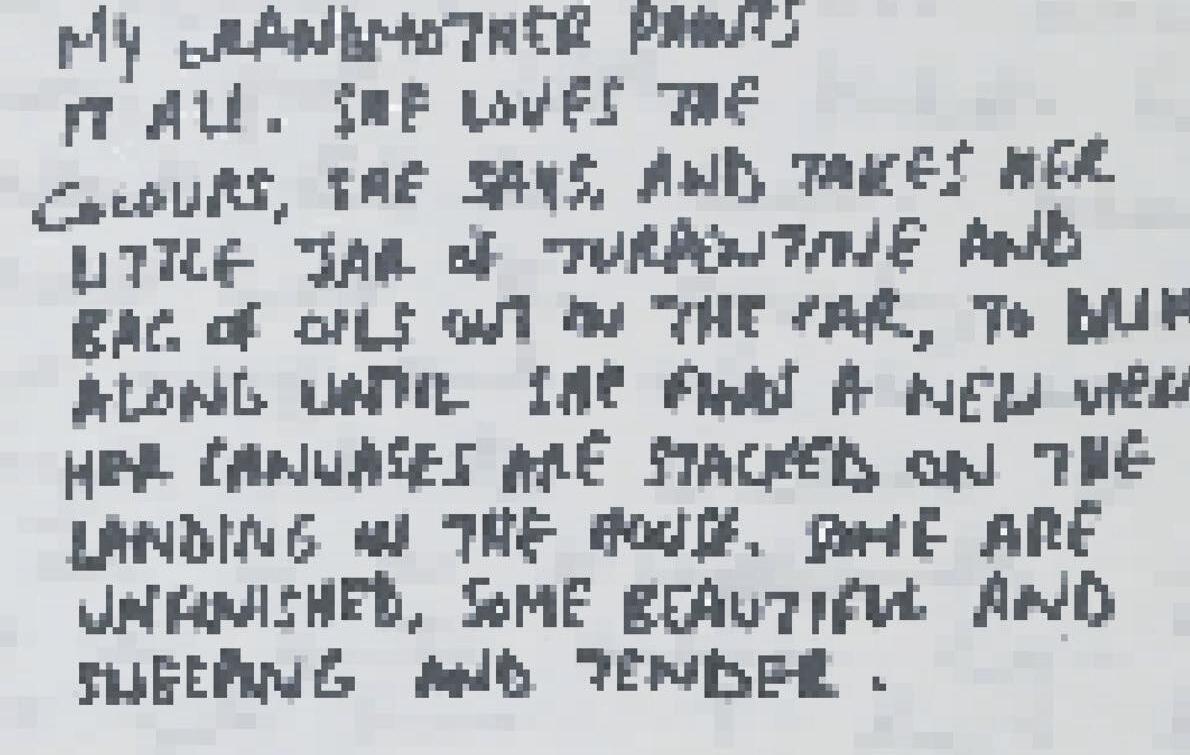



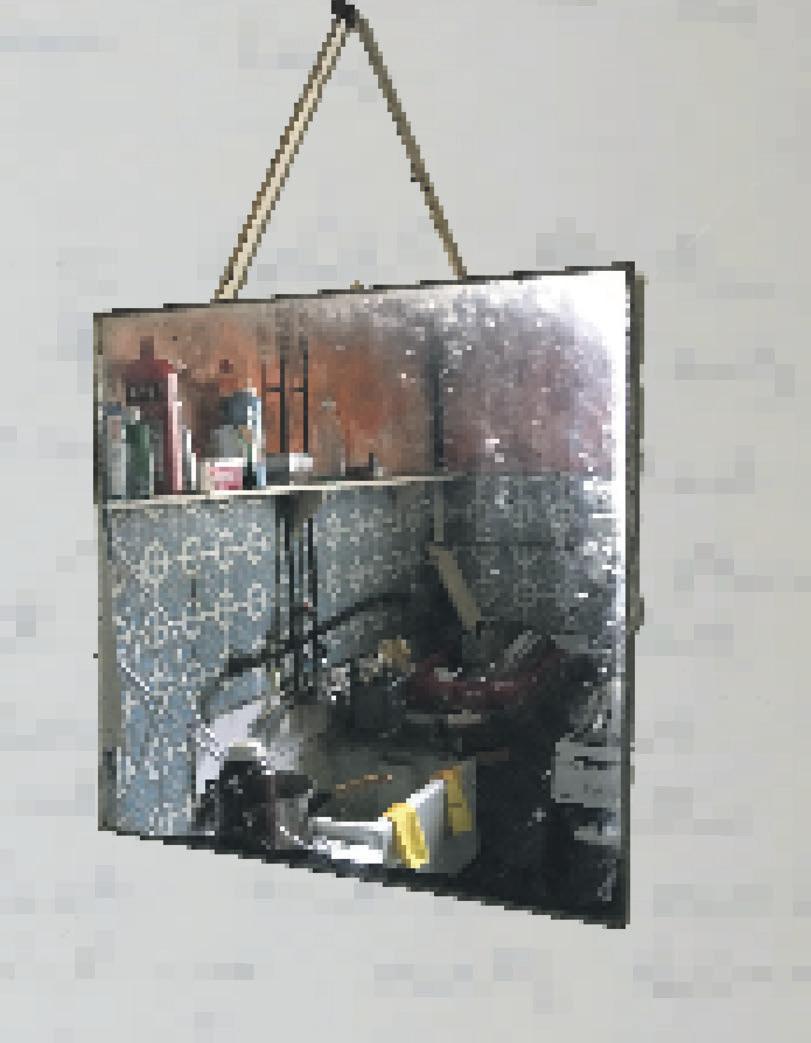







We were the youngest, my brother and I, laughed at the most but given easily the most attention. I was too shy to speak to my older cousins much, but my grandmother would smile at me with her twinkly eyes and tell me that I was always her favourite wee Finnuala. I am her only wee Finnuala, I tell her.





I often wonder how she lives up there, alone in the cold hills. She keeps herself company with hoarded belongings from her travels, piled up on every surface until they drown the house, and by singing to herself in her bright, bird-like voice. I can hear her all the way up two ights of stairs from the kitchen when she calls for the cats. She loves to tell us her stories too, as many times as she can, and her life has been long and interesting. Sometimes, she tells us of the years she spent in Nigeria, and the time she sang her way home in the dark to scare the snakes away, across the railway sleepers above the river, and among the cicadas. Then there was the time that a storm lifted the tin roof right o the house, and the other time they all ate tiny green insects instead of peas, for it was too dark to see in the evening, and the children had wondered why the peas were so crunchy and bitter. Their years here were almost equally as interesting, swimming in the moor-lakes after school and spending summers in a caravan driving all the way across Europe for the sake of adventure, as far as the Black Sea and back.
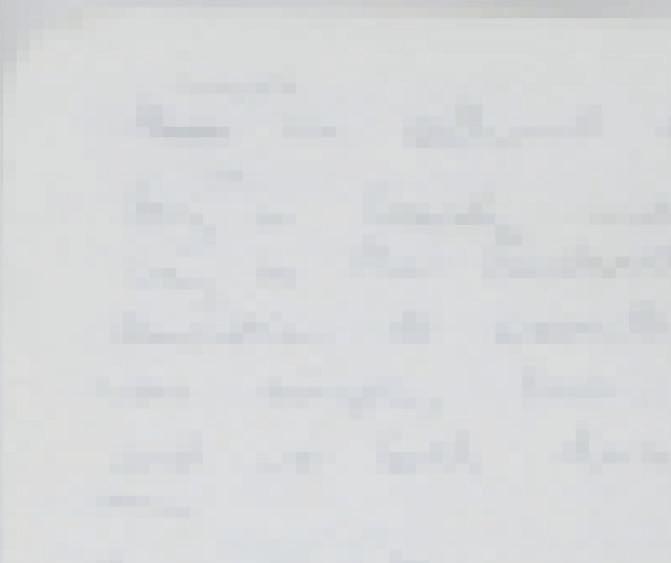
21
The Croft / Finnuala Brett
the sky. Ferns choke the driveway up
branches curl into a carpet of moss and lichen, and bleed the light from to the house, growing over the tarmac to make a tunnel of green, and sometimes it is hard not to feel swallowed by the heady greyness that presses the sky down onto the treetops. Mossy greens tumble down the elds into the lake, and water trickles down into cracks in the earth.
A dog will bark, distantly, and the branches of the rs will brush the air aside. Then a chunk of cloud will dissolve, and a brief glancing ray of sun will shiver down onto the lake.

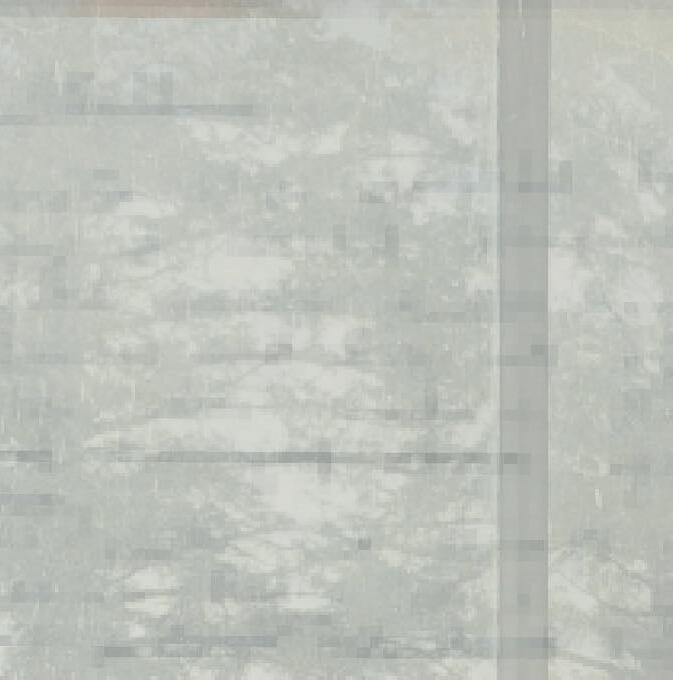
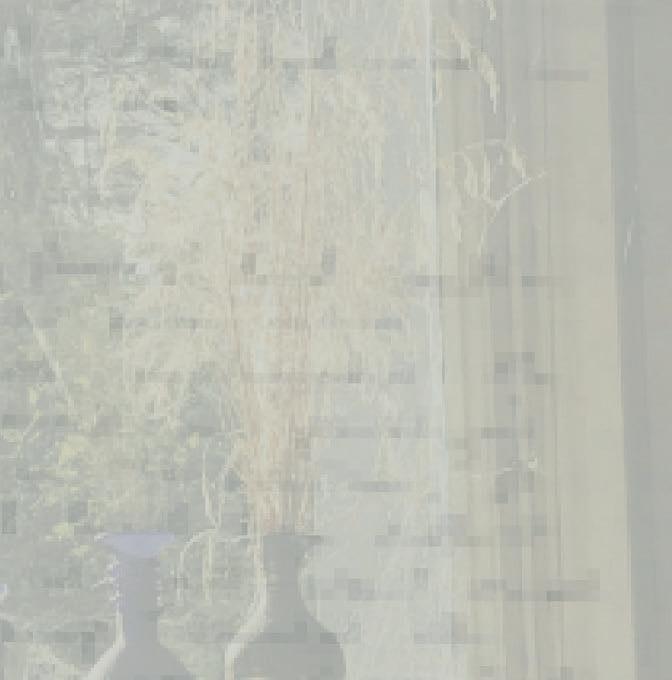


This place will not remain the same, and that is why I am writing this. A piece of my history is still buried here, and when the house falls around it I might never be able to dig it out again. I must try to understand it and remember it as well as I can, even when the familiar begins to blur in water-stains. I will memorise this place as rmly as I can before it is gone. It is funny, the way that parts of my childhood have come to haunt me again. Some people cast themselves apart from their younger selves, and become entirely separate, but I cannot do that.


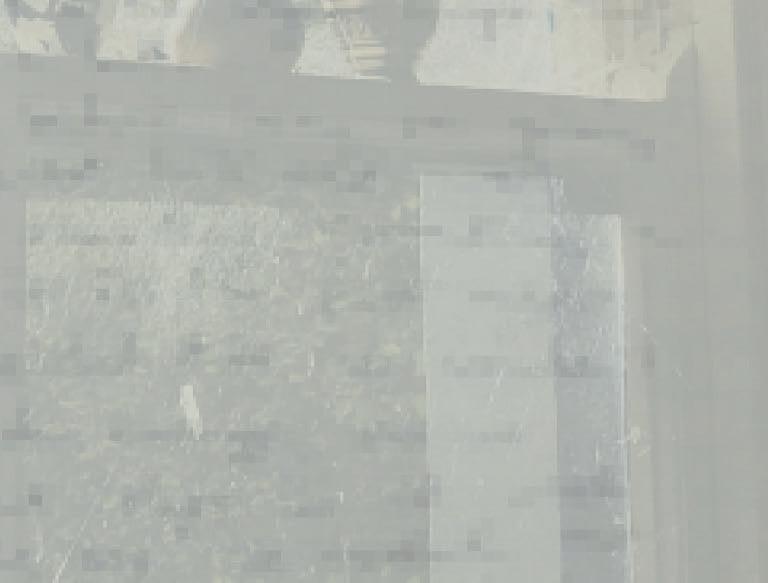
become family,
I have, in fact, begun to come back to the early years of my life. Those years were more formative than I had realised. This place is more formative than I had realised. When the walls have cracked apart, and the kitchen dissolved into the bog, and the belongings spread between the family, I must remember everything that I can. I will have a picture of it all in my head.


22
WORDS BY FINNUALA BRETT

THE CROFT. @thecroftmagazine Epigram.org.uk


























 Emily Fromant & Nicole Quy
Sub-Editor: Sophie Robertson
Emily Fromant & Nicole Quy
Sub-Editor: Sophie Robertson









 Words by Nicole Quy and Emily Fromant, Co-Editors-in-Chief
Words by Nicole Quy and Emily Fromant, Co-Editors-in-Chief











































































































































 Words By Saiba Haque
Words By Saiba Haque









































































































